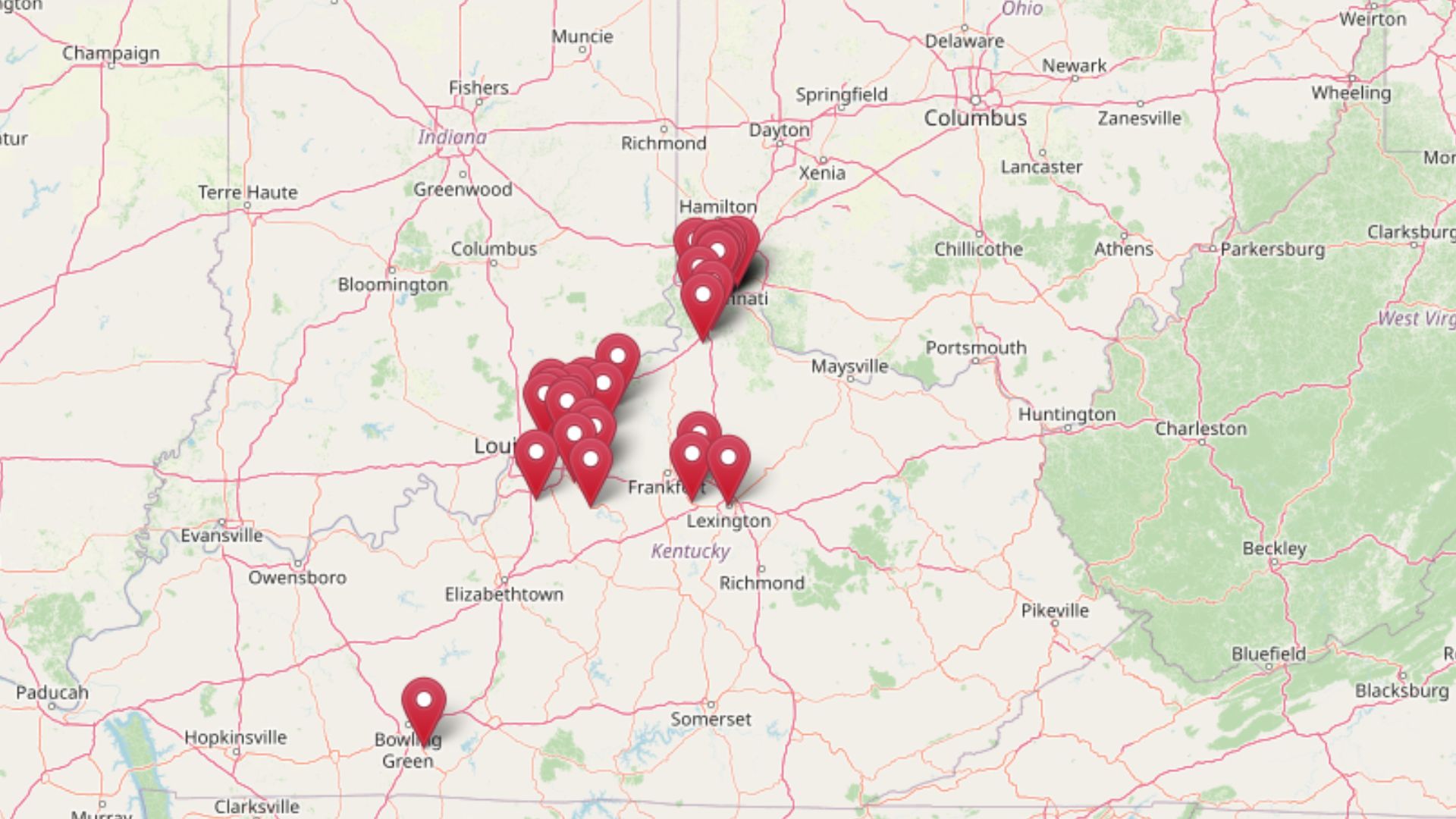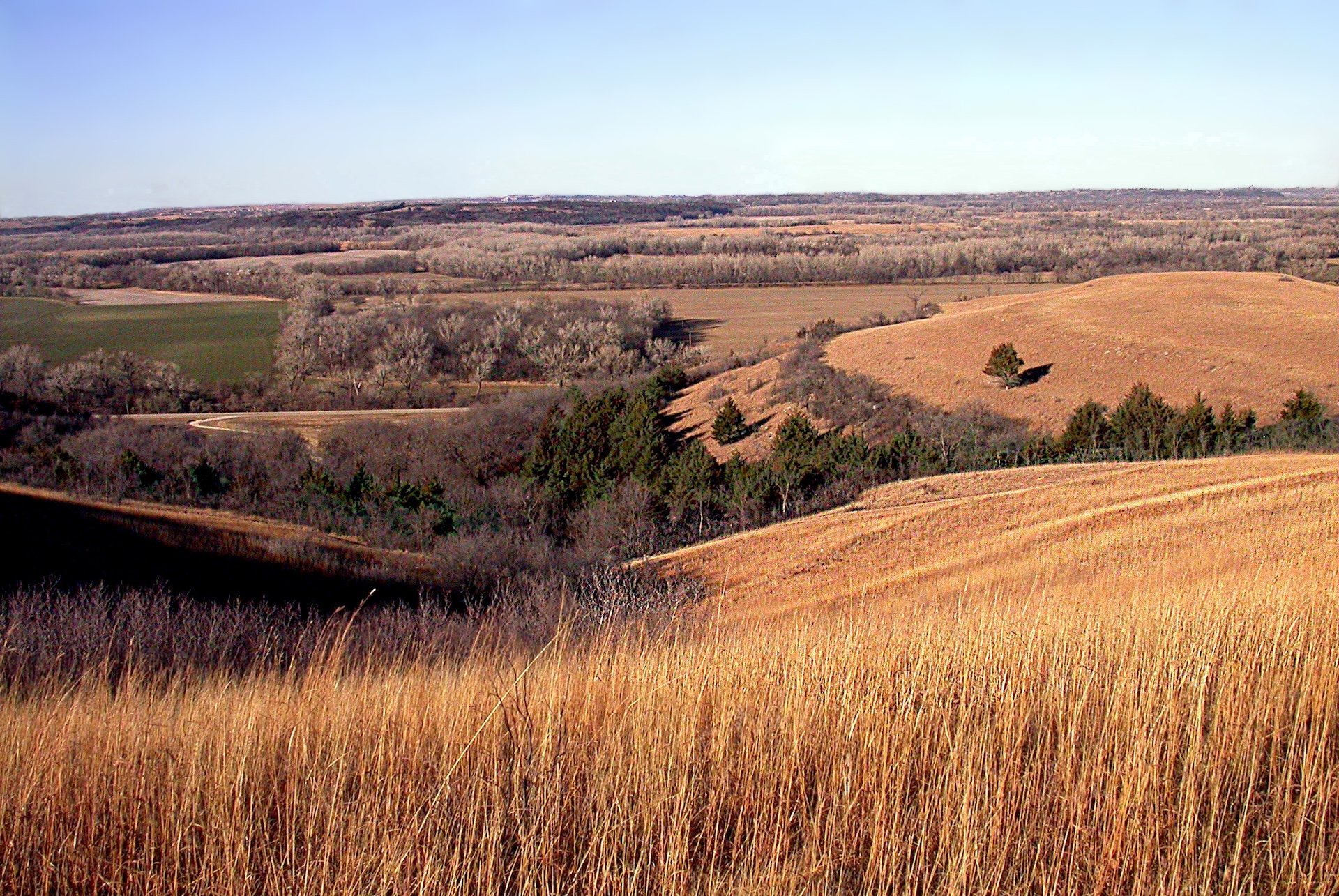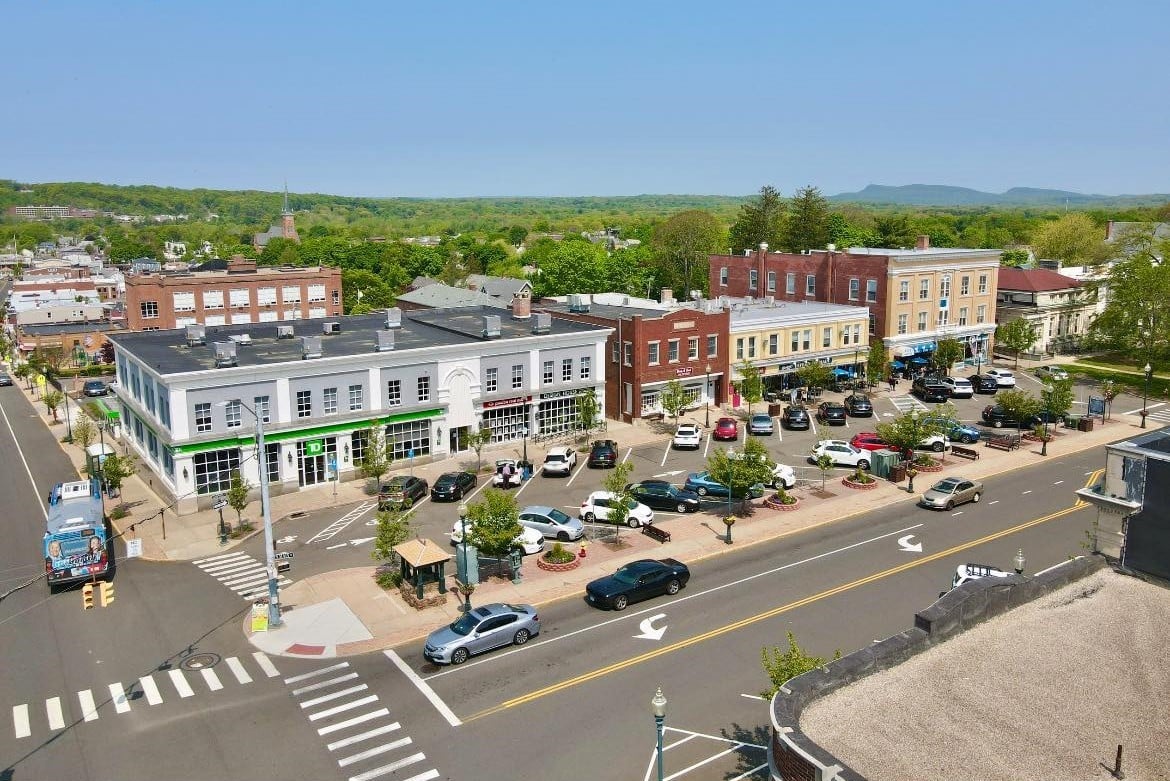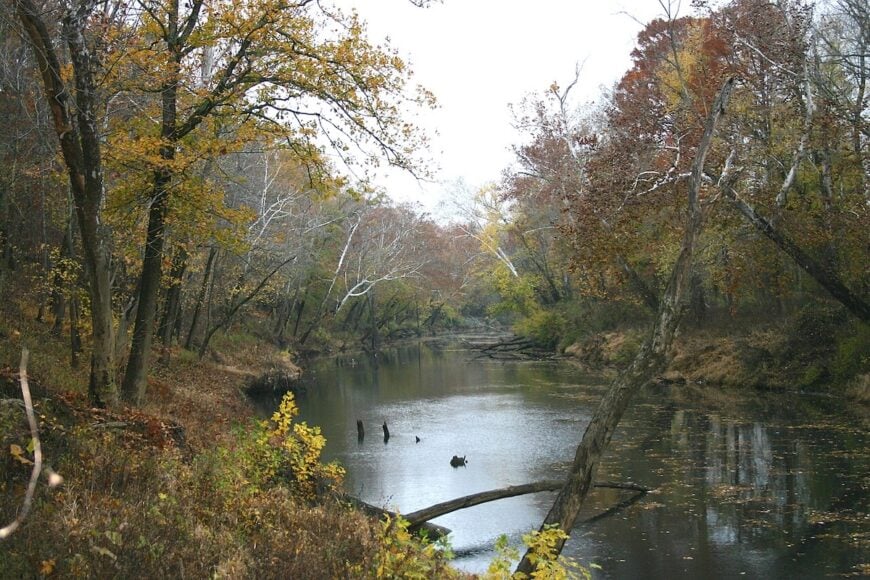
Southwestern Kentucky hides pockets of quiet where the sky feels wider, the roads feel longer, and the neighbors might be a mile away. We gathered 25 of the region’s most tucked-away communities, each offering its own mix of history, scenery, and near-perfect silence.
None of them sit on a four-lane highway, and cellphone bars can be fickle, but that is exactly why these places appeal to photographers, writers, and anyone craving a slower beat.
From an iron-ore ghost camp now wrapped in forest to a one-street village surrounded by pines, every stop on the list promises genuine remoteness rather than curated “rustic” charm.
We highlight local industries, hidden photo spots, and the practicalities of reaching each town so readers can judge whether a day trip or a permanent mailbox makes sense. Pack a paper map, roll down the window, and enjoy the road less traveled.
25. Hickory Grove, Carlisle County – A Hamlet That Feels Like Mist
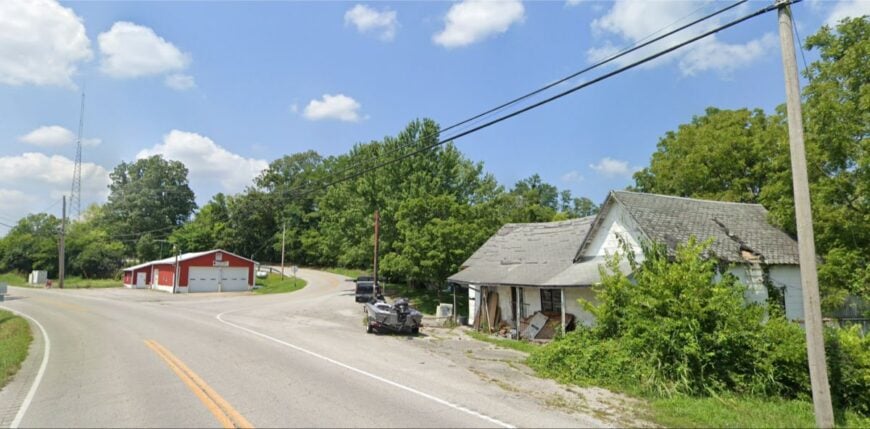
Hickory Grove feels like the kind of place that might vanish into mist if you blink too slowly—its handful of homes tucked between wooded hills and old fence lines. With no post office, no gas station, and barely a sign to mark it, the community exists more as a feeling than a destination.
Locals fish quiet creeks, tend gardens that spill across gravel lanes, and gather under the pavilion of a small country church that’s seen a hundred seasons pass. Nights are deep and star-swept, and the stillness is so complete that even owls sound respectful.
The land sustains those who choose it—through small farming, seasonal hunting, and the quiet kind of resilience that doesn’t ask for notice.
It’s the kind of place that doesn’t need to announce itself—you feel it settle into your bones.
Where is Hickory Grove?
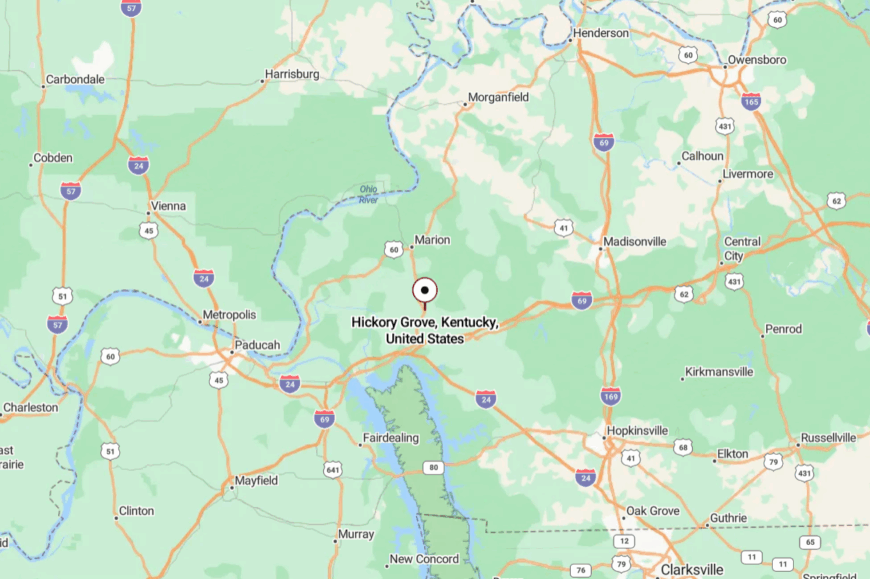
Nestled deep in Carlisle County in Kentucky’s southwestern corner, Hickory Grove sits between Bardwell and the Mississippi River. It’s reachable only by looping country roads that weave through soy fields and low wooded rises.
There are no signs pointing to it—you find it because someone told you, or you got a little lost. By the time you arrive, the rest of the world has already faded behind you.
24. Tolu, Crittenden County – Riverfront Silence and Golden Sunsets
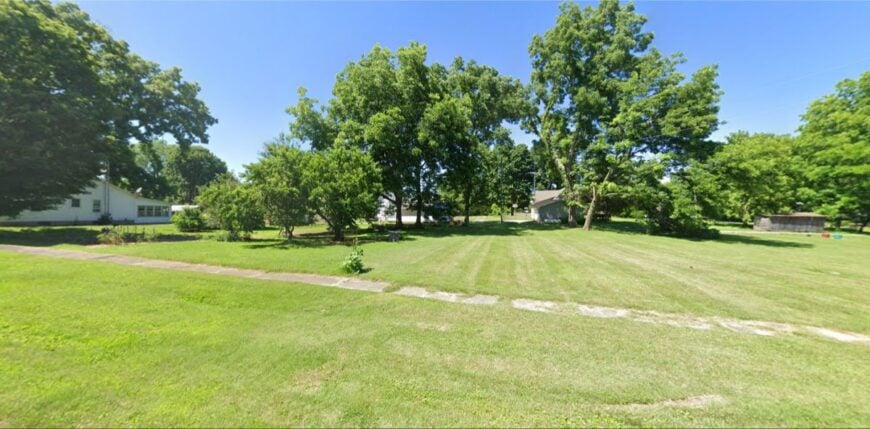
In Tolu, the Ohio River’s quiet currents are the only traffic, and sunsets drape the old riverfront hamlet in golden hush. With only around 88 residents, the village hums softly with the rhythm of forgotten steamboat days and the memory of a time when river ports bustled.
Visitors might wander the old docks, fish under towering cottonwoods, or stroll along the end of a country road that leads nowhere but sky and water. Farming gently supports local life, and the air tastes like slow afternoons and gentle histories.
On foggy mornings, the river blends into the sky so seamlessly that time itself feels suspended. The sound of crickets and river breezes fills the silence, wrapping visitors in a blanket of calm. It’s the kind of place where each ripple on the river feels like a secret waiting to be told.
Where is Tolu?
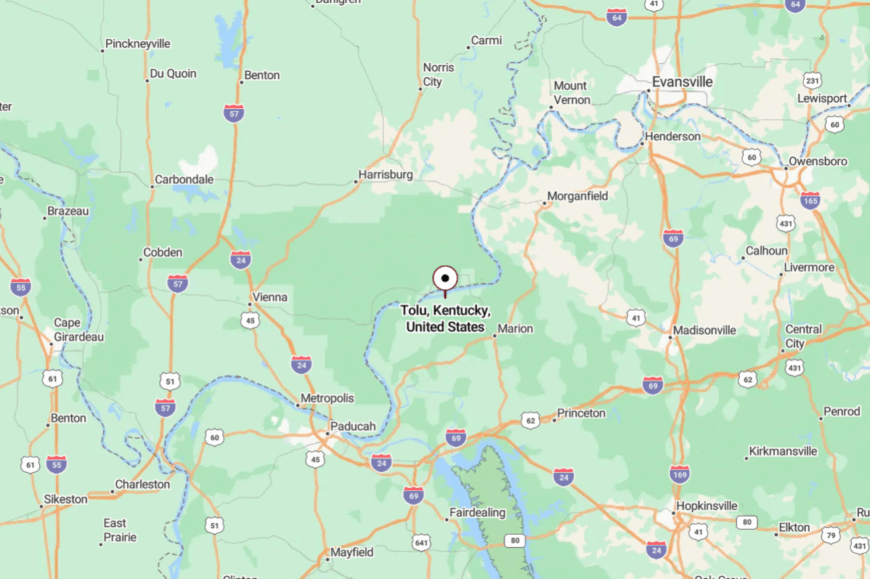
Tolu hides in western Kentucky’s Crittenden County, nestled along the banks of the Ohio River. You arrive via quiet backroads branching off U.S.‑60 or state routes, winding past farmland and trees until the river appears unexpectedly.
It sits far from interstate noise, framed by rolling hills and calm water. Arriving there is like stepping into a painting—serene, soft, and beautifully still.
23. Lowes, Graves County – Farmland Whispers and Timeless Fields
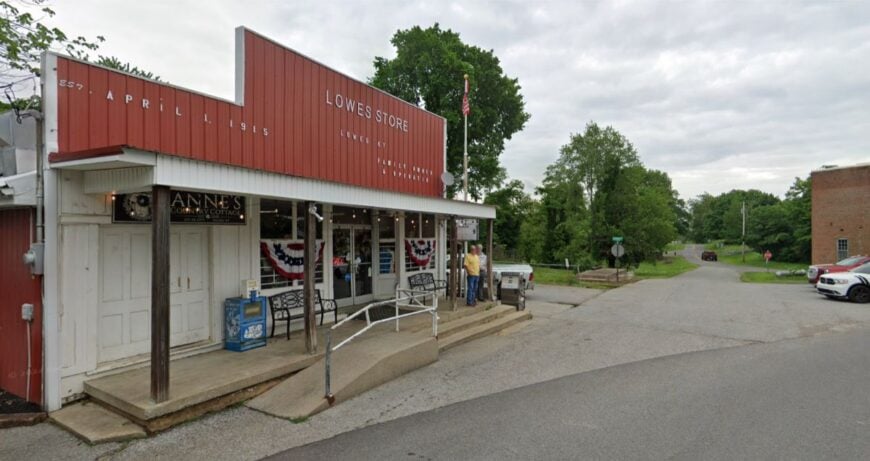
Lowes is a whisper of rural Kentucky, hemmed in by wide agricultural fields and an air of long-standing tradition. Farming families have tended these lands for decades, and the slow turning of seasons marks time here.
Visitors might linger on a quiet porch, photograph sunlit silos, or chat over coffee in the lone general store. With almost no commercial trappings, the land is the living pulse, offering a rhythm that feels almost sacred. Fall brings a haze of golden harvest dust, while spring floods the fields with new growth.
On Sunday mornings, church bells drift across the open plains, reminding even passersby that life here is built on community. It’s the kind of place where every glance out the window feels like home.
Where is Lowes?
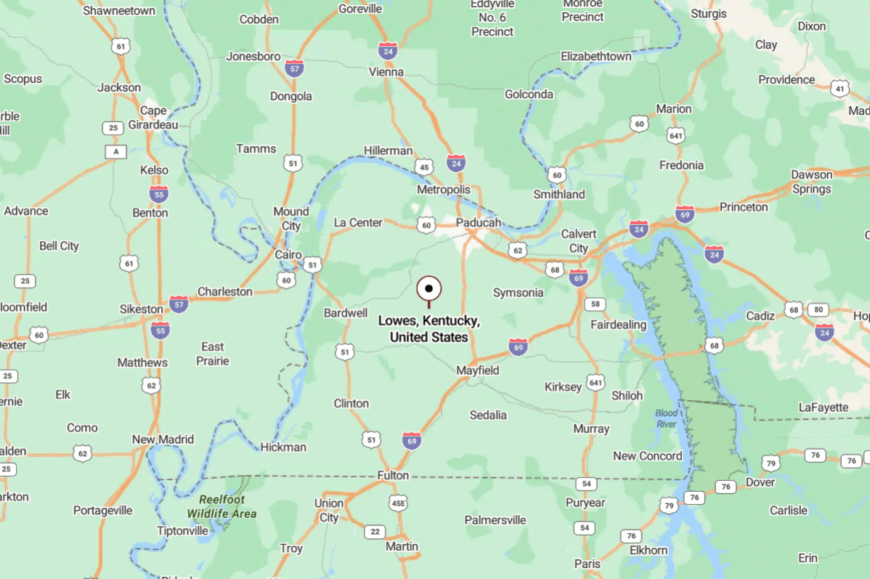
Set in Graves County, Lowes rests amidst gently rolling farmland, off State Route 339. One arrives via calm countryside roads, far from highway hum.
It’s near enough to Mayfield for a day trip, but feels worlds away once you enter. Reaching it feels like crossing into a slower time, where open fields stretch farther than worries.
22. Melber, Graves/McCracken County – Horizon Meets Farmland
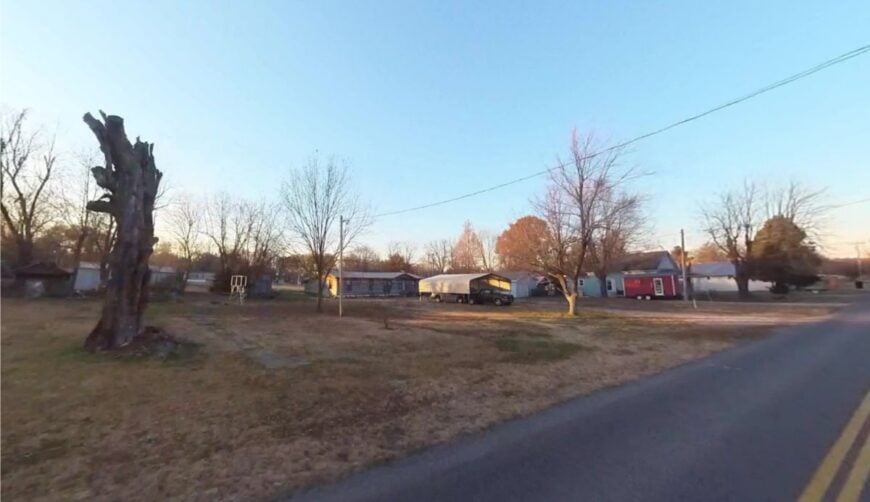
Melber stretches under an expanse of sky, where fields seem to whisper and the corn stands tall without fanfare. Here, horizon meets farmland in an endless embrace, and the air carries the scent of soil and growing things.
Local life revolves around agriculture, with occasional farm stands and quiet country roads. A morning walk reveals dew-clad leaves and distant church bells, reminding visitors of the pace of rural life.
Summer evenings bring fireflies blinking over fields, while autumn paints the horizon in muted golds. The sense of openness is so strong that even a passing pickup seems like an event. It’s the kind of place you visit to remember stillness.
Where is Melber?
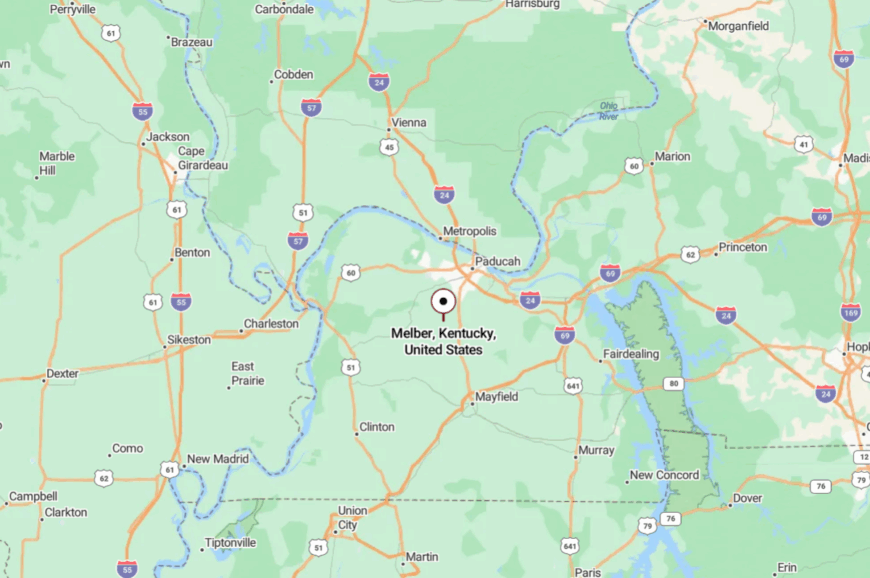
Perched at the border of Graves and McCracken counties, Melber lies off U.S.-45 among sweeping rural fields. The approach is via quiet backroads, offering a slow unwinding of modern life.
It’s close to Paducah’s reach, yet the drive shuts out everything but sky and land. Arriving feels less like travel and more like stepping out of time.
21. Symsonia, Graves County – Barns, Birds, and Deep Quiet
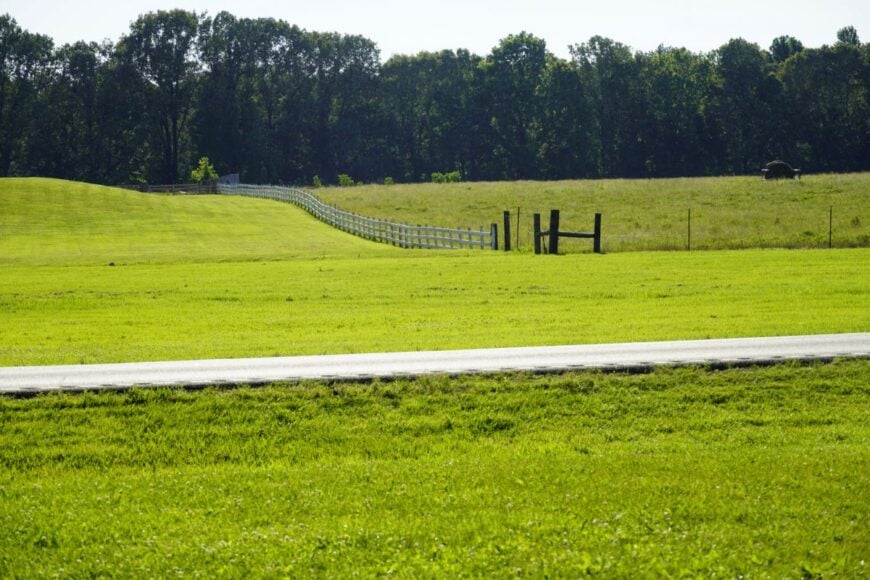
Symsonia sits quietly amid farmland that rolls gently into distant tree lines, its soul measured by the turning of crops. The hush here is deep, broken only by birdcalls or the occasional tractor grinding through a field. There’s a small community church, a general store, and plenty of photo-worthy barns that lean into history.
Farming remains at its heart, and the land seems to hold everyone’s story in its soil. Autumn harvests fill the air with a sweet earthiness, and winter mornings bring frost that sparkles across the flatlands.
Neighbors swap vegetables over fences or meet at the store, each exchange grounding the town in quiet solidarity. It’s the kind of place that reminds you simplicity is the greatest comfort.
Where is Symsonia?
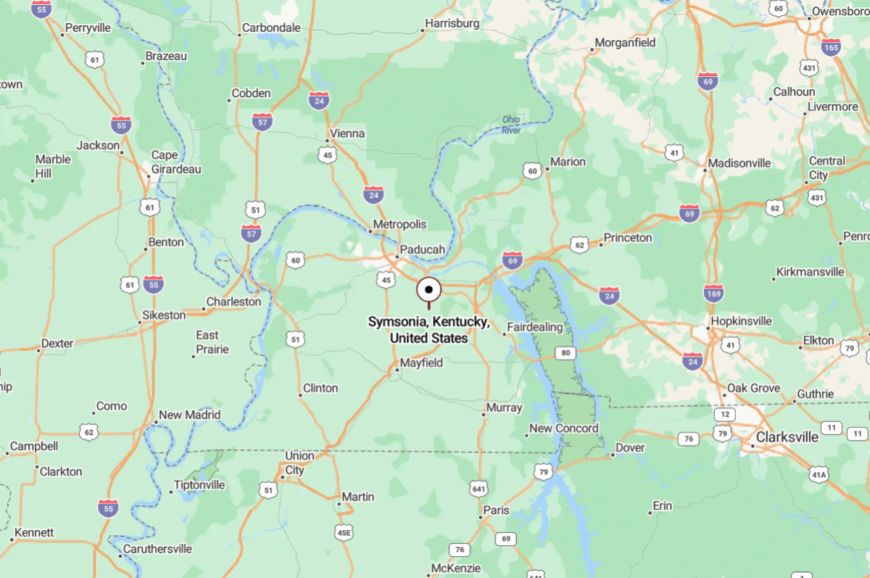
Located in Graves County, Symsonia rests in western Kentucky’s broad countryside, away from interstate bustle. It’s reached along peaceful country lanes branching off State Route 348.
The nearby city lies within sight, but each mile feels more removed than the last. By the time you arrive, it feels as if noise has been left behind on the other side of the road.
20. Folsomdale, Graves County – Crossroads of Quiet Tradition
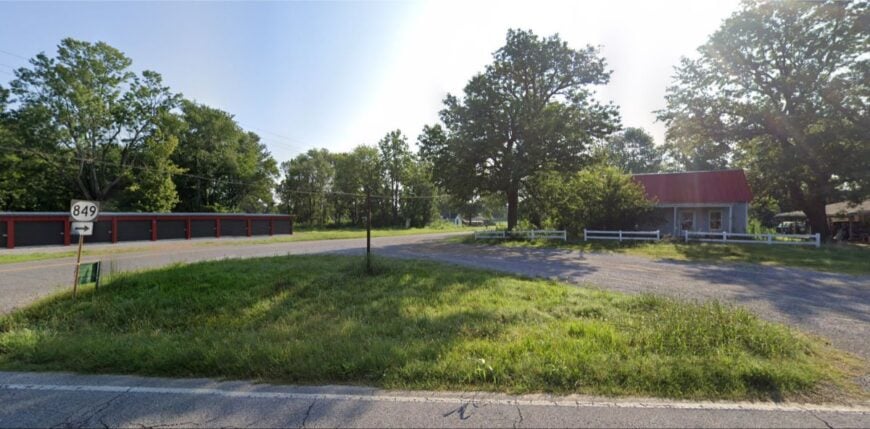
Folsomdale feels like a town where the past never fully loosened its grip, with tidy farmhouses and weathered barns marking each bend in the road. Once a small rail stop, today it’s little more than a cluster of homes, a church, and a scattering of fields that stretch into the horizon.
Neighbors wave from porches or tractors, and the pace of life seems measured by harvests and holidays. Visitors might pause to photograph the old general store façade, now leaning gently into memory, or capture the way the late light gilds grain silos.
Summer evenings hum with cicadas, while winter mornings bring a frost so quiet you can hear the ground crackle beneath your boots. Even the air carries a sense of unhurried permanence, as if the land itself refuses to rush. It’s the kind of place where nothing is staged—life simply unfolds, slow and steady.
Where is Folsomdale?
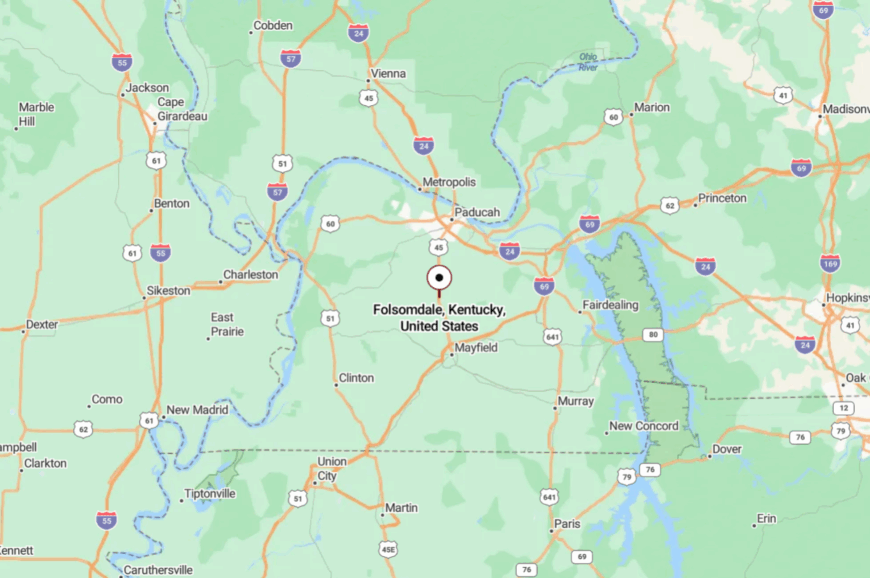
Folsomdale lies in northeastern Graves County, tucked between Mayfield and Fancy Farm. It sits along KY-131, a two-lane road bordered by crop fields and tree breaks.
The closest highway bypasses the area, leaving the town untouched by through traffic. Arriving feels like stepping off the main road of time itself, into a quiet pocket of Kentucky that endures.
19. Blood River, Calloway County – Waters That Reflect Solitude
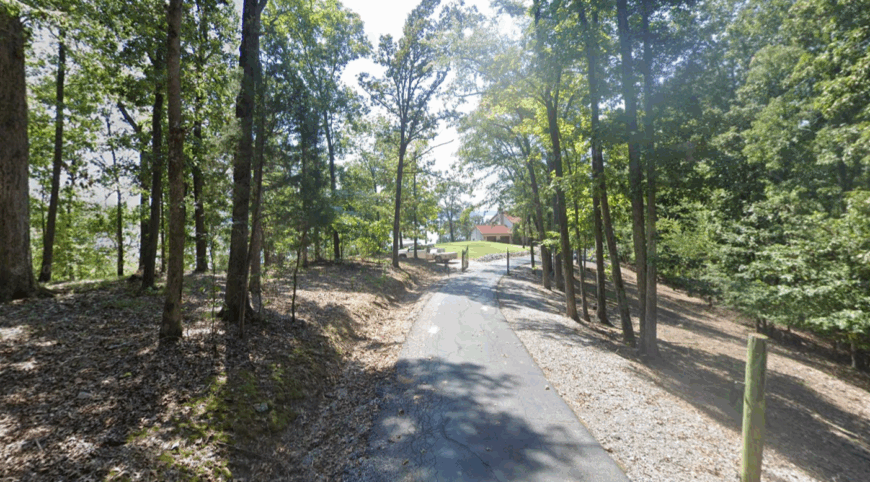
Blood River curves through a sanctuary of quiet waters and emerald banks, where anglers find reflection, not just fish. The hush here is deep, save for heron calls and water lapping gently at the shallows.
Canoeists glide quietly among shaded groves, and the economy leans softly on hospitality and outdoor respite. Families gather at the shore with picnic baskets, watching the sunset turn the water into liquid fire.
Seasonal cabins dot the treeline, though many remain empty, adding to the sense of vastness and calm. The name itself carries weight, echoing history yet softened by the peaceful present. It’s the kind of place that tastes like solitude and stays with you long after you’ve left.
Where is Blood River?
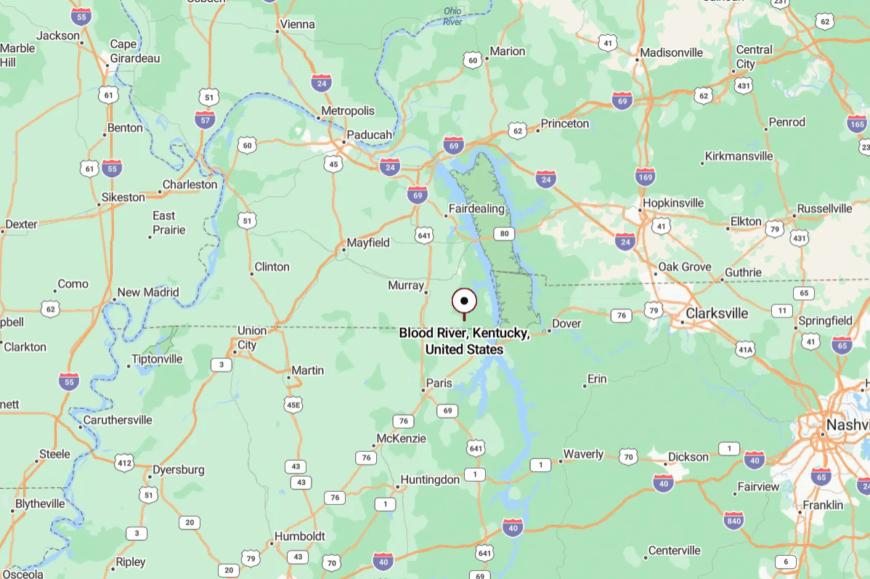
Situated in southwestern Kentucky, Blood River winds off paved roads amid countryside expanse. It lies far from tourist corridors, reachable by winding rural paths off U.S.-68.
Dense tree lines and rolling farmland hide it from plain view until the river suddenly opens. Arrival feels less like finding a place and more like stumbling into a secret world.
18. New Concord, Calloway County – Friendliness Beneath Forested Hills
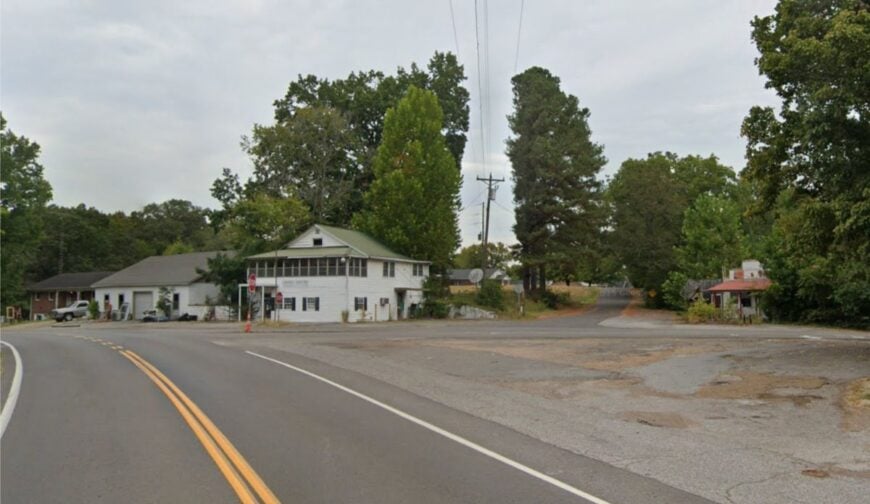
New Concord sits beneath rolling woodlands and gentle hills, where the curve of backroads leads you softly away from noise. The hush is dense, but friendly faces and garden gates offer warmth.
You can wander forest edges, talk crops with locals, or just sit on a bench listening to the creek and birdcall. Farming and small local shops stitch the community together, keeping traditions alive.
A summer evening here feels like a gathering of crickets and laughter drifting across yards. Winter brings smoky chimneys and skies so wide they seem to rest on the hills. It’s the kind of place that invites slow conversation and easy sighs.
Where is New Concord?
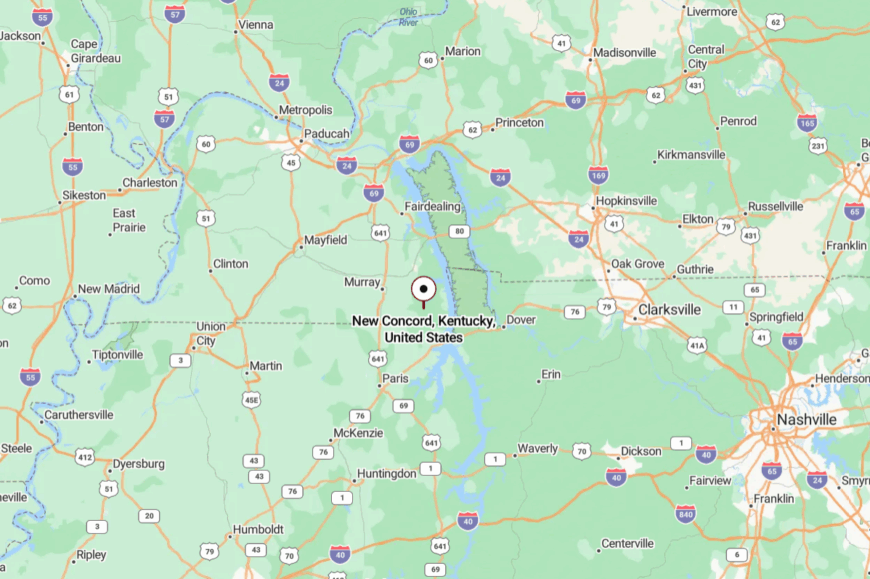
Located in Calloway County, near the Tennessee line, New Concord is situated in a deep rural terrain. You drive through unhurried backroads winding through the forest before arrival.
It’s far from the Interstate, near nothing but trees and calm. By the time you step out of the car, the world feels paused kindly.
17. Lynn Grove, Calloway County – Fields, Pines, and Forgotten Corners
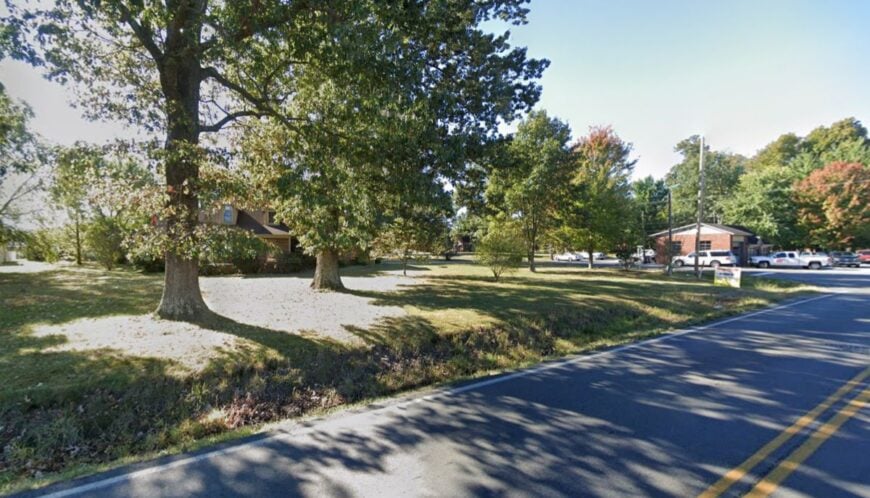
Lynn Grove is the kind of place you might miss if you blink, but those who linger discover a countryside steeped in quiet beauty. A few houses and barns mark the crossroads, with tobacco barns leaning into the wind and pine groves ringing the edges.
Life here revolves around the land—soybeans, corn, and small cattle farms that have been family-run for generations. Neighbors still share produce across back fences, and Saturday mornings sometimes bring yard sales where everyone knows everyone else.
The evenings stretch long, filled with the smell of woodsmoke and the sound of dogs barking at distant coyotes. For travelers, it’s less a destination than an atmosphere—a reminder of how simplicity still anchors a community. It’s the kind of place where silence feels like a blessing rather than an absence.
Where is Lynn Grove?
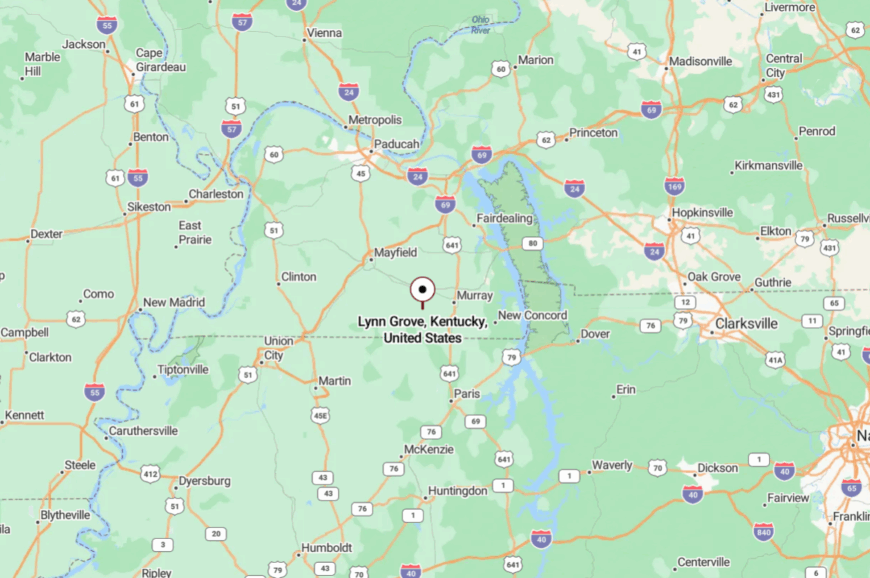
Lynn Grove rests in central Calloway County, southwest of Murray near the Tennessee border. It lies at the junction of KY-121 and county lanes that wander past farmland and timber lots.
No interstate comes close, which helps preserve its remoteness. Reaching it feels like leaving behind urgency and driving straight into stillness.
16. Aurora, Marshall County – Quiet Shores of Kentucky Lake
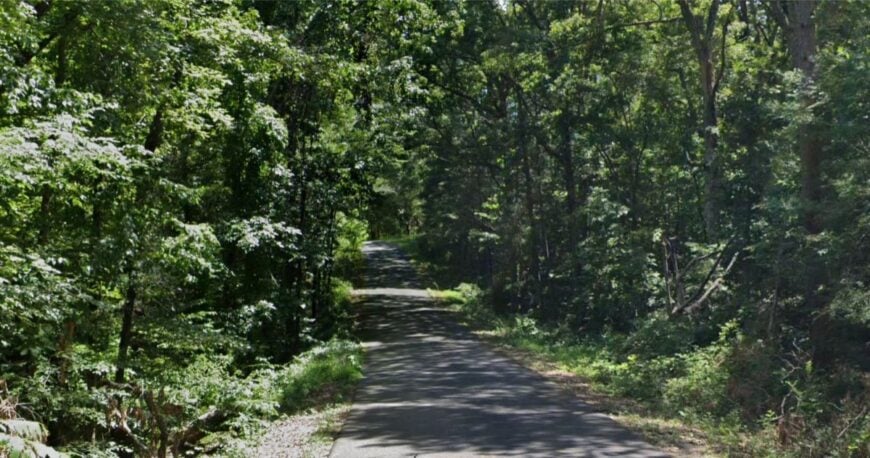
Aurora mirrors quiet in the glass of Kentucky Lake, where water laps softly and boat noise stays hushed. Boats linger in silent coves at dawn, and the shoreline feels infinite, stretching into horizons of blue. Recreation and small tourism hold gentle sway, with a handful of lodges, bait shops, and diners that cater to visitors who prefer calm over crowds.
Locals rise early for fishing trips, garden work, or to watch mist lift slowly from the water’s surface. Seasonal events like the Aurora Country Festival bring the community together, but even then the atmosphere never loses its unhurried charm.
On summer nights, lightning bugs dance above porches, while the lake reflects the stars like a second sky. It’s the kind of place where peace isn’t packaged—it’s simply how life flows.
Where is Aurora?
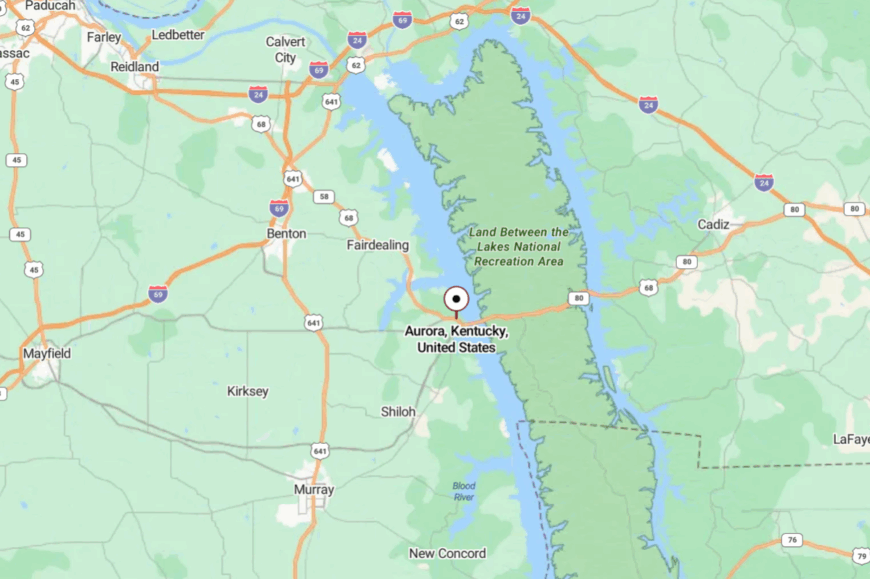
Nestled in Marshall County on the western shore of Kentucky Lake, Aurora is a lakeside community defined by stillness. It’s reachable via KY-68 and smaller local roads, lying well away from busy routes.
The journey through woods and farmland softens until only the lake remains. Arrival feels like stepping into a natural amphitheater of water and sky, where silence feels complete yet welcoming.
15. Dogwood, Graves County – Blossoms, Farms, and Country Roads
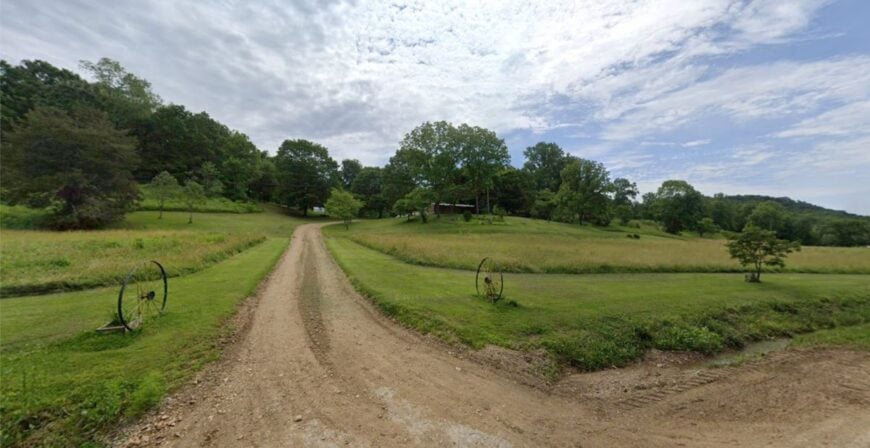
Dogwood is more of a whisper than a town—a stretch of sleepy road flanked by dense groves and hand-painted signs, where springtime brings a riot of blossoms and summer settles into a golden lull. The heart of the community centers on Dogwood Church, where locals gather under a pitched roof that’s weathered decades of rain and reverence.
There’s no stoplight, no store, and no sound but wind in the trees and the crunch of tires on gravel. A handful of homes dot the countryside, their porches decorated with rocking chairs and Mason jars catching sunlight.
People here live close to the land—raising cattle, keeping bees, and waiting patiently for the garden to tell them when it’s time. It’s the kind of place where time isn’t kept—it’s felt.
Where is Dogwood?
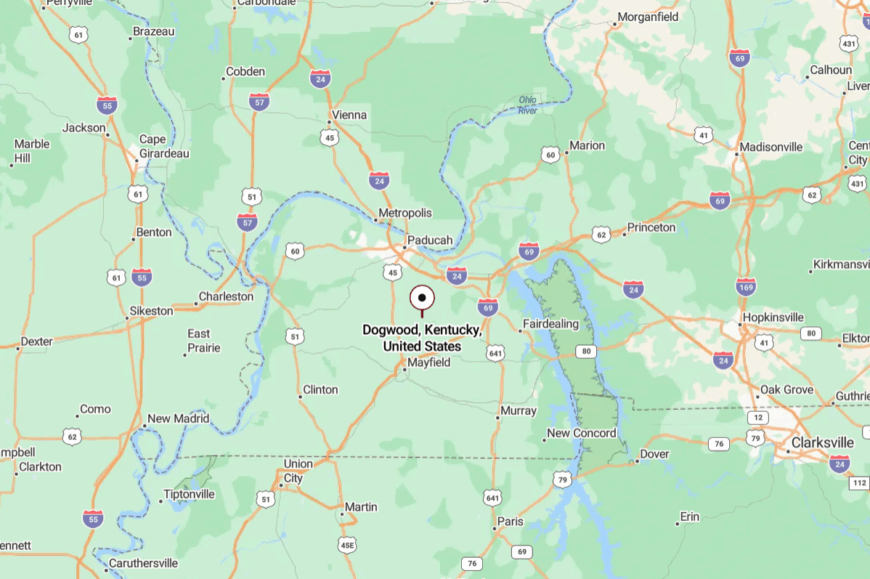
Dogwood rests in rural Graves County, southwest of Mayfield and just north of the state line with Tennessee. Reached by KY‑94 and a scatter of narrow farm lanes, it lies far from any commercial corridor.
The road to Dogwood winds past pastures and through wooded pockets, where GPS falters and stars come out early. Getting there feels less like travel and more like slowly unfolding into silence.
14. Fairdealing, Marshall County – Wide Skies and Gentle Solitude
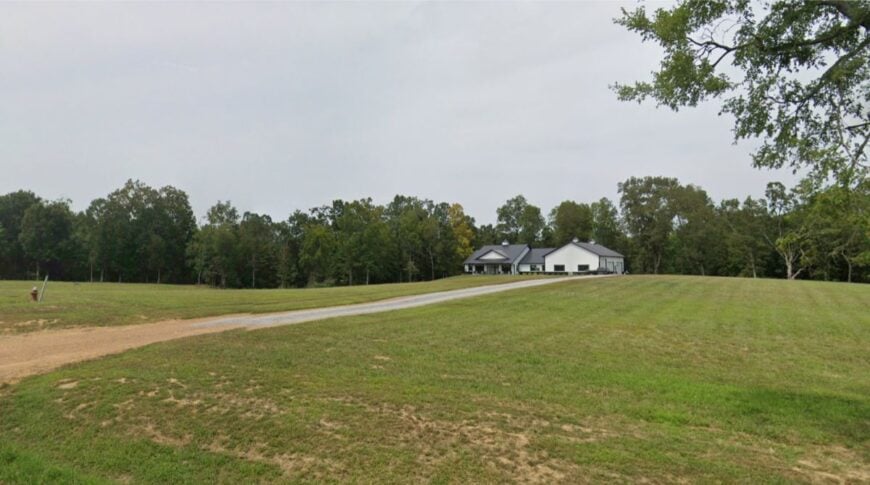
Fairdealing is a place where wide skies stretch over spacious rural properties, and the hush comes gently—broken only by birdcalls or the rustle of porch swings. With just a few hundred residents, it’s a quiet fragment of Marshall County where gardens are tended with care, locals meet over morning coffee, and nature always has the final say.
You might spend the day birdwatching, tending roadside flowers, or chatting under old oaks near a family-run farm stand. Agriculture and small local businesses sustain the town, and each moment feels unhurried and genuine.
Summer evenings carry the scent of cut hay, while autumn wraps the hillsides in gold and crimson. Winter nights bring skies so clear you can count every star. It’s the kind of place where solitude doesn’t feel empty—it feels like home.
Where is Fairdealing?
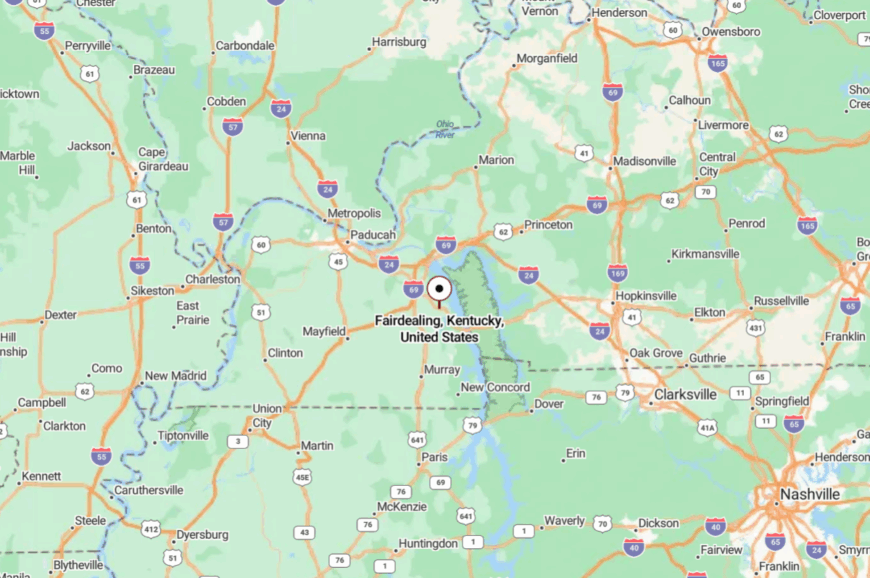
Tucked away in Marshall County in the far western corner of Kentucky, Fairdealing sits well away from highway bustle. Access is via two-lane country roads that pass through farm fields and wooded patches before reaching the stillness.
Though near enough for a quiet drive from larger hubs, once you’re there, the world beyond seems a plane away. Arriving in Fairdealing is like finding a breath of calm amid the everyday.
13. Bells Mines, Crittenden County – Ghost Town Reclaimed by Forest
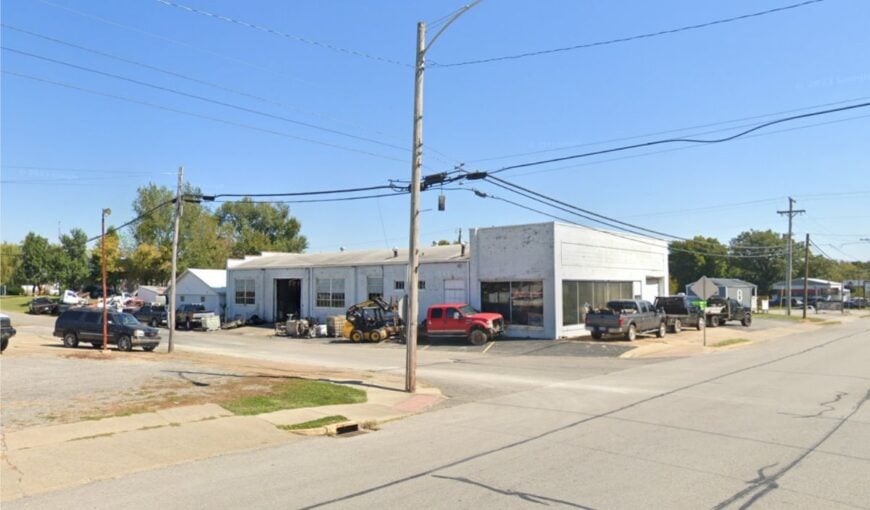
In the ghost-haunted quiet of Bells Mines, the skeletal stones of a disappeared town whisper stories beneath the forest canopy. Once home to coal families and a thriving church, it is now a place reclaimed by wildlife and memory.
Hike amid rustling deer and the delicate hush of new growth, or trace the faint footprint of old mining trails. Moss clings to broken foundations, and weathered gravestones peek from thickets where families once gathered for Sunday service. Birds and foxes roam where rail cars once rattled, as if nature has rewritten the story in its own hand.
The air holds both sorrow and serenity, making it a rare landscape that speaks equally of endurance and forgetting. Today, the land offers wildlife and solace, with the past lingering as a soft echo. It’s the kind of place where history sleeps under leaves, waiting for curious eyes.
Where is Bells Mines?
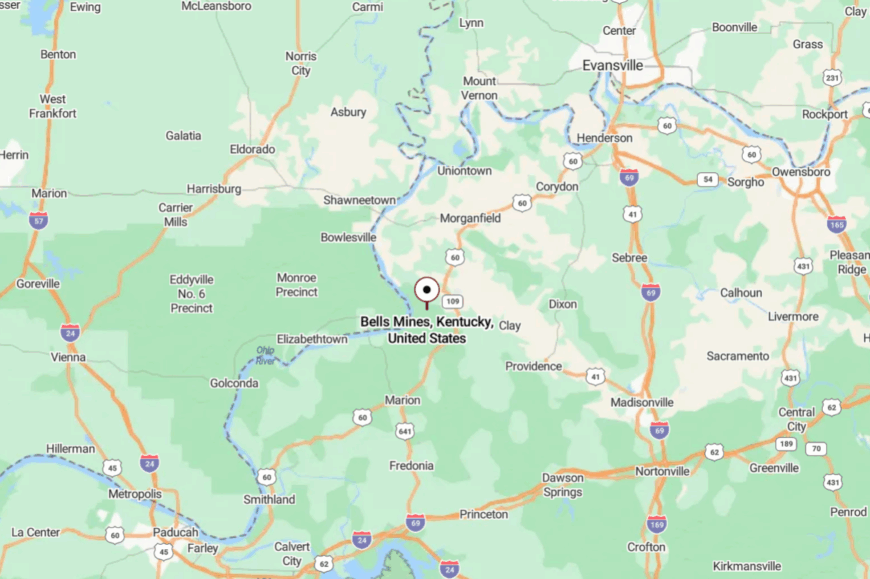
Between the small towns of Sturgis and Marion in Crittenden County, Bells Mines lies in western Kentucky’s quiet backwoods. Accessible only via rural or forested paths, it feels both removed and sacred.
There’s no signage beyond nature itself, just the quiet pulse of a land that once thrived. It lies close to nothing but now speaks of everything that came before.
12. Almo, Calloway County – Crossroads of Quiet Fields and Pines
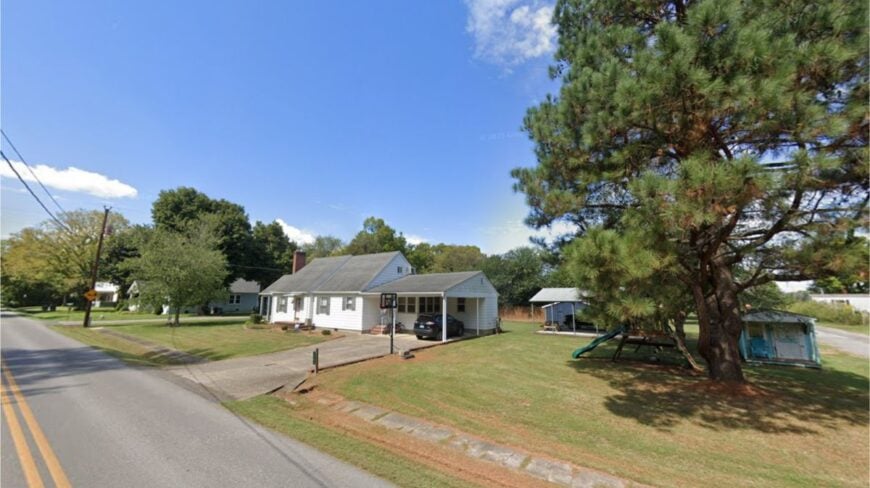
Almo feels like a pause button pressed on modern life, where a scattering of homes, barns, and two country churches anchor a community surrounded by farmland. Once a tiny rail stop, today it remains little more than a gentle crossroads, with soybean fields stretching wide in every direction.
Neighbors swap stories at the post office or wave from tractors on long summer days. Old oak trees shade weathered porches, while pine belts muffle the sound of passing cars. Visitors come not for attractions but for the peace—the way the land seems to breathe slowly.
Each season paints Almo differently: wildflowers in spring, golden hayfields in summer, crimson leaves in fall, and frosty silence in winter. It’s the kind of place where time stretches, making hours feel like days and days feel like a memory you don’t want to lose.
Where is Almo?
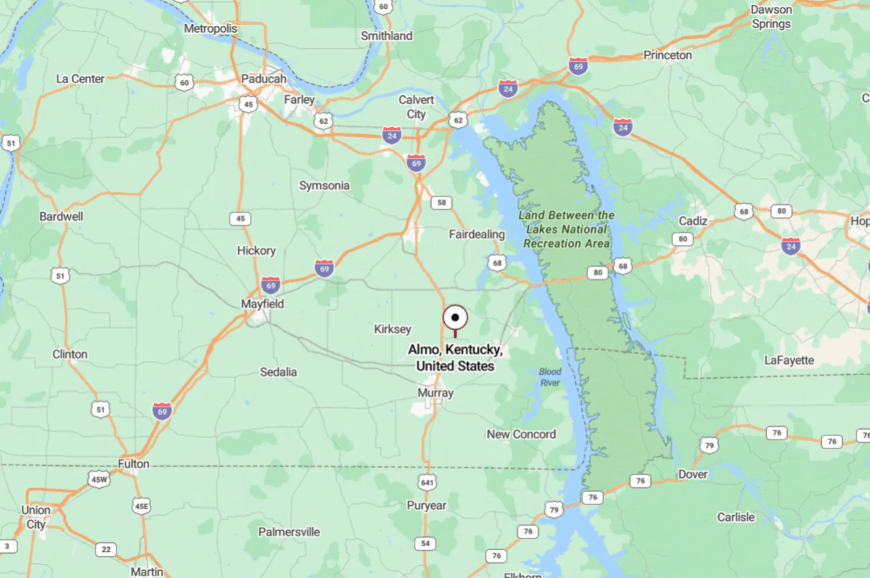
Almo sits in northern Calloway County, about six miles northeast of Murray. It’s reached by KY-464 and a lattice of country roads that curve past fields and groves.
The lack of through traffic keeps its lanes still and lightly traveled. Arrival feels less like reaching a town and more like slipping into a slower heartbeat of Kentucky.
11. Beulah, Graves County – Barns, Churchyards, and Golden Fields
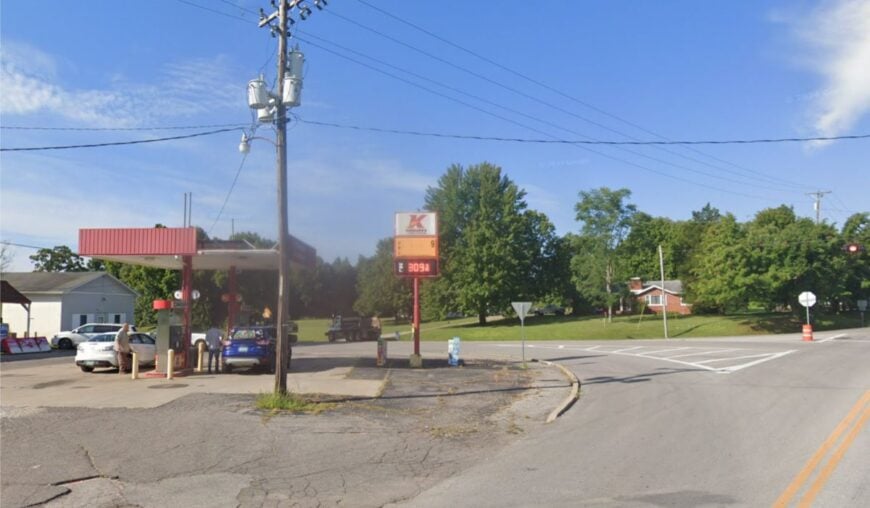
Beulah sits beneath the endless dome of Kentucky sky, where weathered barns lean into soy fields and gravel lanes stitch the land into slow-moving rhythm. The community wraps gently around Beulah Church and its cemetery, with homesteads spaced far apart and shaded by aging oaks.
Life here moves at the pace of canning seasons, tractor repairs, and small-town prayer circles. There’s a gentle pride in the isolation, in knowing your neighbors by name and your roads by heart.
Visitors come for the quiet, for the drive alone, or to photograph the golden hush that descends in late afternoon. It’s the kind of place that reminds you just how much beauty lies in the spaces in between.
Where is Beulah?
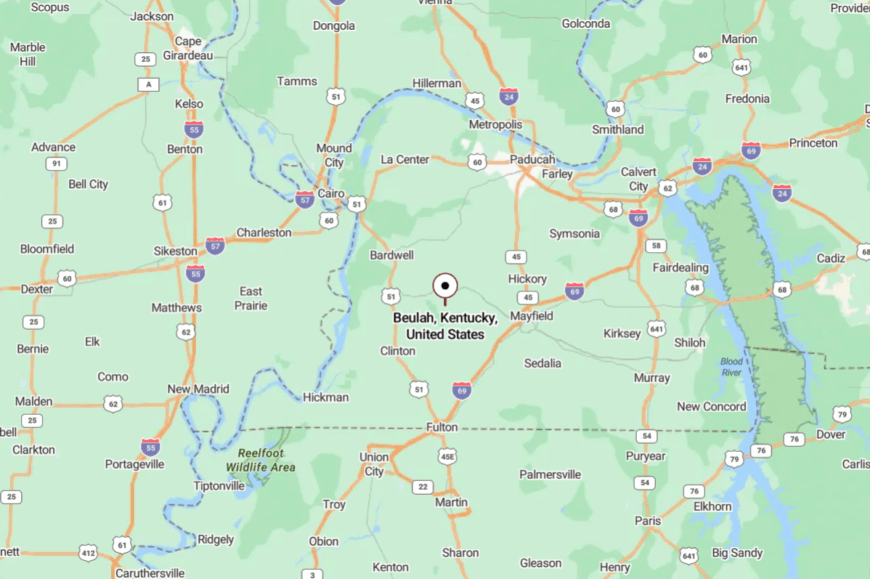
Located in rural Graves County, Beulah lies southwest of Mayfield, just beyond the reach of major highways. You’ll reach it via KY‑849, a narrow ribbon of road that dips through farmland and old forest breaks.
The town itself doesn’t rise up so much as appear softly as you turn a bend. And once you see it, you may find you don’t want to leave.
10. Cuba, Graves County – A Crossroads of Quiet Farms and Gravel Lanes
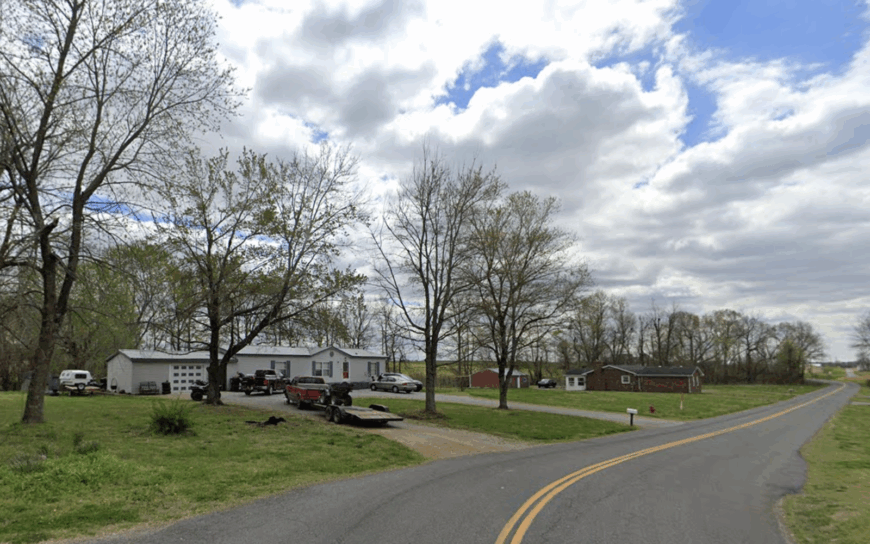
Home to roughly 200 residents, Cuba sits among mile-long rows of corn and soybeans that stretch to every horizon. Visitors often stop at the century-old Cuba Store, the only retail building still operating, to pick up a glass-bottled soda before wandering the empty crossroads for photos.
Agriculture is the lone industry here, with most families tending small homesteads or working larger grain operations nearby. Traffic averages fewer than a dozen cars an hour, and the nearest chain restaurant is over ten miles away, which keeps the hamlet blissfully hushed.
The flat landscape lets sunset light pour unbroken across the fields, making golden-hour photography almost effortless. Even lifelong Graves Countians admit that Cuba feels like a place time politely forgot.
Where is Cuba?
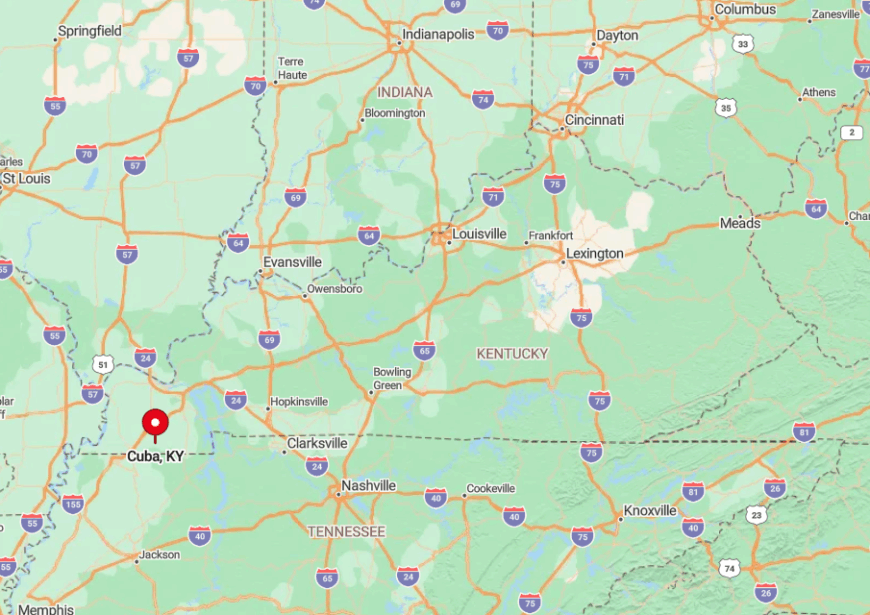
Cuba rests in south-central Graves County, about thirteen miles southeast of Mayfield and far from any interstate interchange. Its seclusion grows from a grid of county gravel roads that funnel most through traffic to KY-94 instead of Cuba’s narrow lanes.
Travelers generally exit I-69 at Mayfield, then wind past silos and tractor dealerships before reaching the settlement. Expect patchy cell service and a sky full of stars after sundown.
9. Cerulean, Trigg County – Springs, Hills, and Historic Stone Fences
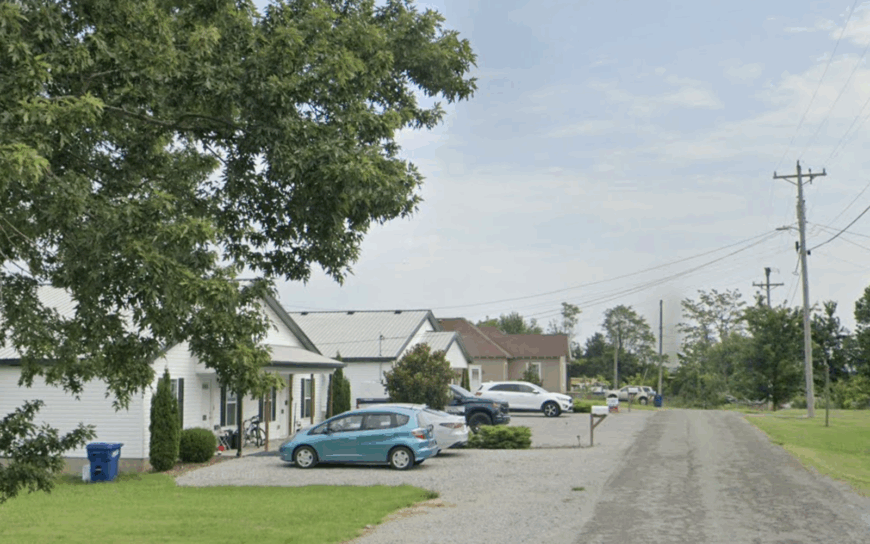
With a population hovering near 300, Cerulean nestles between two forested knobs where mineral springs once drew nineteenth-century health seekers. Today, hikers explore those same springs and the half-collapsed Cerulean Springs Hotel foundation while listening to nothing louder than tree frogs.
Small-scale cattle and hay farming dominate local work, and a few residents commute to Cadiz for jobs at Fort Campbell’s periphery. Dry-laid limestone fences, some dating to the 1850s, line several lanes and block views of the outside world, reinforcing the sense of enclosure.
No stoplights, no fast food, and rolling terrain mean GPS signals can drift, making printed directions handy. The village cemetery’s wrought-iron gate, half hidden by cedar, provides a photogenic reminder of earlier boom years.
Where is Cerulean?
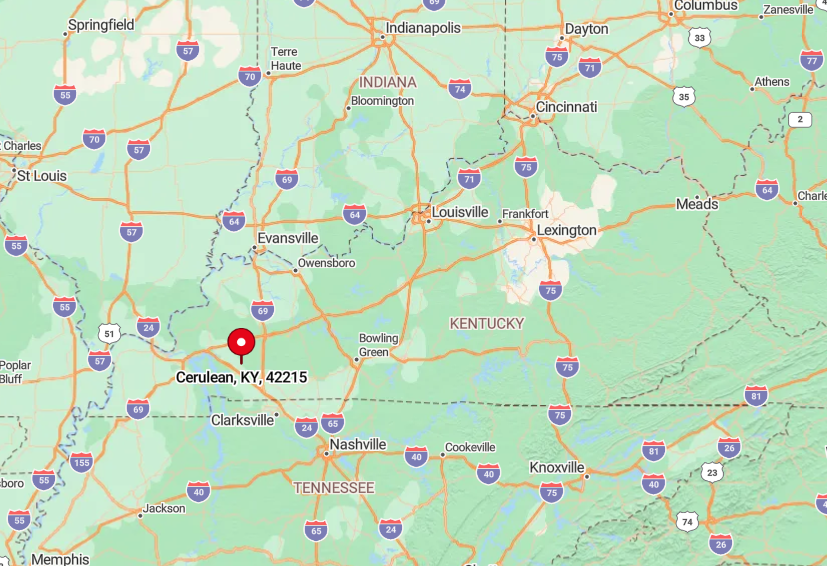
Cerulean lies in northern Trigg County, flanked by KY-124 and KY-126 just east of the Little River. The closest four-lane road is twenty minutes away, leaving only twisting blacktop to reach town.
Arriving drivers often pause at the elevated railroad trestle that marks the last clear view before the hills swallow the pavement. Most come via U.S.-68 to Cadiz, then head north on county roads that lose traffic as quickly as the bars on a cellphone screen.
8. Herndon, Christian County – Tobacco Barns on Wide-Open Acreage
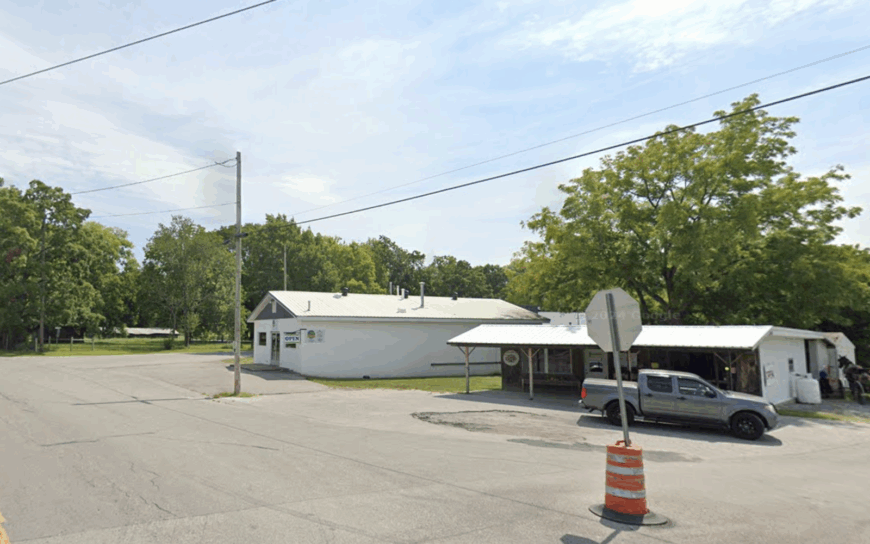
Roughly 400 people call Herndon home, spread over a patchwork of tobacco, soy, and winter wheat fields that makes the community feel much smaller. Visitors can tour weathered dark-fire curing barns in autumn when sweet smoke drifts across the plain, turning the air into a living postcard.
Farming is the primary livelihood, though a few residents work at the grain elevator beside the CSX spur. Tree lines planted as windbreaks also mask neighboring houses, so each driveway seems to lead to its own private farmstead.
The lack of retail—just a post office and a feed mill—means evenings grow exceptionally still once the last tractor shuts down. Photographers chase sprawling cloudscapes and silhouettes of flue barns against violet skies.
Where is Herndon?

The hamlet sits eight miles north of the Tennessee border and fifteen miles southwest of Hopkinsville, accessible by KY-107. Absence of direct interstate access and the dominant patchwork of private farm roads discourage pass-through traffic.
Most visitors leave I-24 at Exit 86, then meander past Fort Campbell fields until the road narrows to two lanes without a shoulder. Freight trains rumble by twice a day, offering the only hint of a timetable.
7. Dexter, Calloway County – The One-Street Village Ringed by Pines
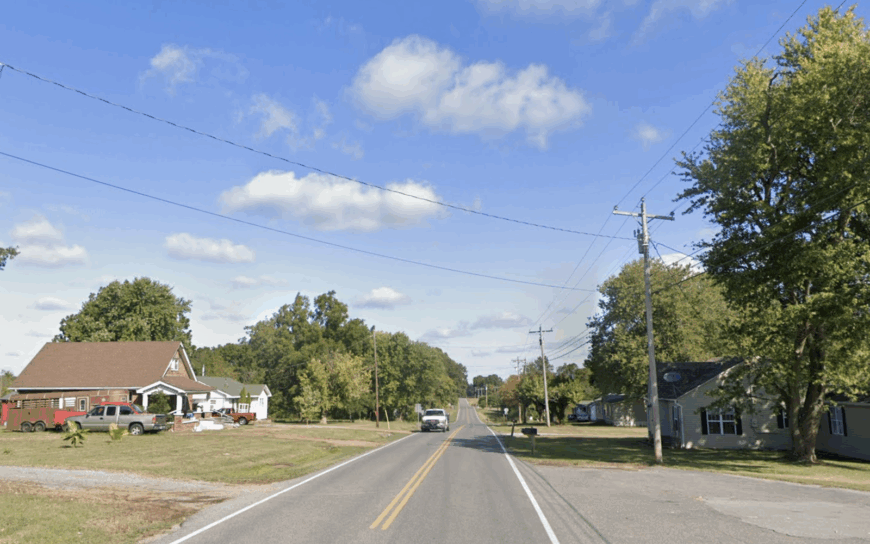
Dexter counts just under 300 residents living along its namesake road, where a pair of churches, a volunteer fire hall, and a vintage gas pump serve as the social core. Anglers drop by nearby West Fork Clarks River, while locals swap garden produce on pickup tailgates outside the tiny post office each Saturday.
Farming and forestry provide modest income streams, with many families maintaining private stands of loblolly and shortleaf pine for timber. Dense pine belts also hush outside noise and hide neighboring homes, so porch swings creak louder than passing cars.
Residents like to say the streetlight count—three—hasn’t changed since 1972, underscoring how little development pressure reaches this corner of Calloway County. Evening brings pockets of woodsmoke that drift over the single sidewalk, giving the whole town the scent of a camping trip.
Where is Dexter?
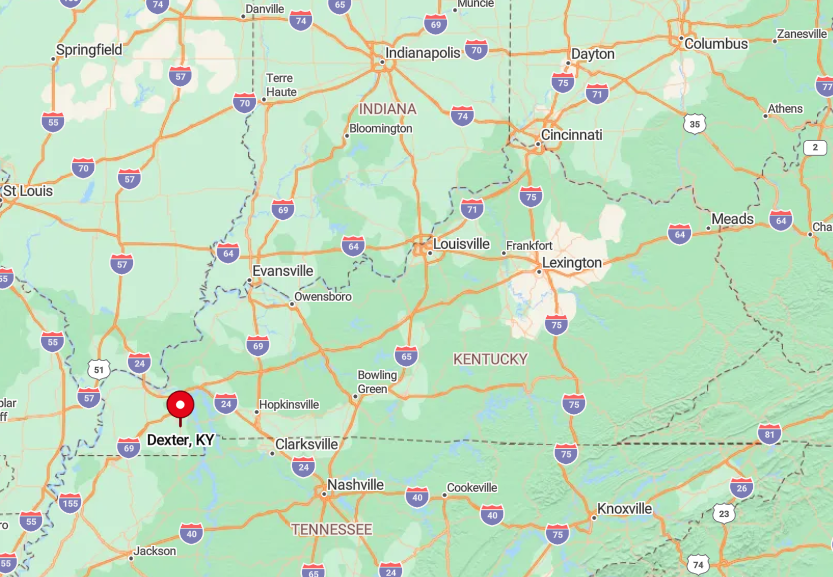
Dexter sits twelve miles northwest of Murray on KY-402, a road most lake tourists bypass for faster U.S.-641. The pine stands form a natural visual barrier, so the village appears almost suddenly as the forest opens.
Travelers usually exit I-69 at Benton, follow KY-408 through rolling farmland, and then turn south onto a road where cell coverage flickers away. The isolation becomes complete once the last FM station fades into static.
6. Olmstead, Logan County – Rolling Pastures and an 1890 Rail Depot
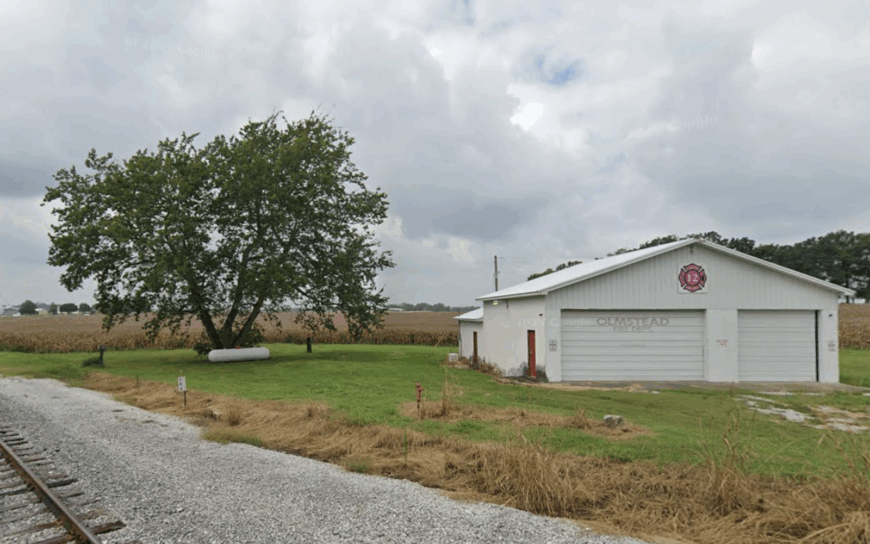
Olmstead’s population of about 350 spreads across gentle horse country, where split-rail fences frame creek-cut pastures. Day visitors photograph the red-brick Louisville & Nashville depot built in 1890, now abandoned yet striking against green hills.
Cattle ranching and small equine operations dominate the local economy, aided by a cooperative feed store that doubles as a morning coffee spot. The nearest supermarket sits fifteen minutes away in Russellville, so weekly routines still center on home gardens and canning.
Without big-box lighting or heavy truck traffic, night skies stay pitch-dark, perfect for capturing the Milky Way above the depot roof. Rolling terrain and scattered tree lines mute highway hum, reinforcing the town’s hushed character.
Where is Olmstead?

The settlement lies along KY-96, roughly eight miles east of the Tennessee border and far from the four-lane bypass that skirts Russellville. Its location on a defunct rail spur means freight no longer rattles past, and most drivers stick to U.S.-68, leaving Olmstead’s lanes nearly empty.
Visitors come via Exit 6 on the Natcher Parkway, cruise pastoral backroads, and arrive at the depot after a sequence of unmarked turns. The combination of gentle hills and forest edges blocks radio signals, so a paper atlas remains the safest bet.
5. Monkey’s Eyebrow, Ballard County – Quirky Name, True Isolation
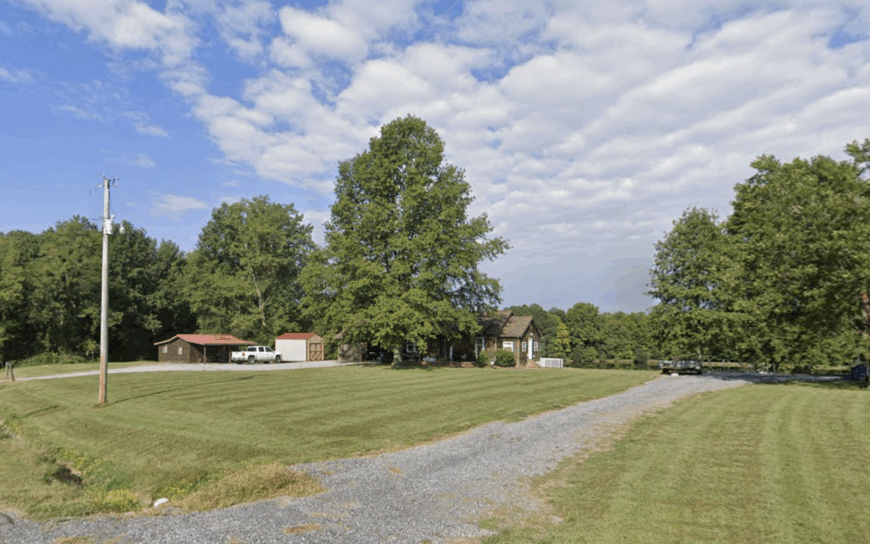
Only about 150 folks live in Monkey’s Eyebrow, a river-bottom hamlet whose whimsical name masks genuine remoteness. Bird-watchers flock here each winter to spot sandhill cranes and snow geese along nearby Ballard Wildlife Management Area, while anglers work the Ohio River backwaters for crappie.
Agriculture—in particular corn, milo, and catfish ponds—supports most households, with a bait shop inside a converted school bus providing the lone retail stop. Levees, cypress groves, and seasonal flooding naturally wall off the settlement, so GPS often reroutes around impassable gravel during high water.
The town sign, complete with cartoon eyebrow, remains a must-shoot roadside oddity amid miles of empty field. Locals relish pointing out that you can hear beaver tails slap long before you hear a car engine.
Where is Monkey’s Eyebrow?
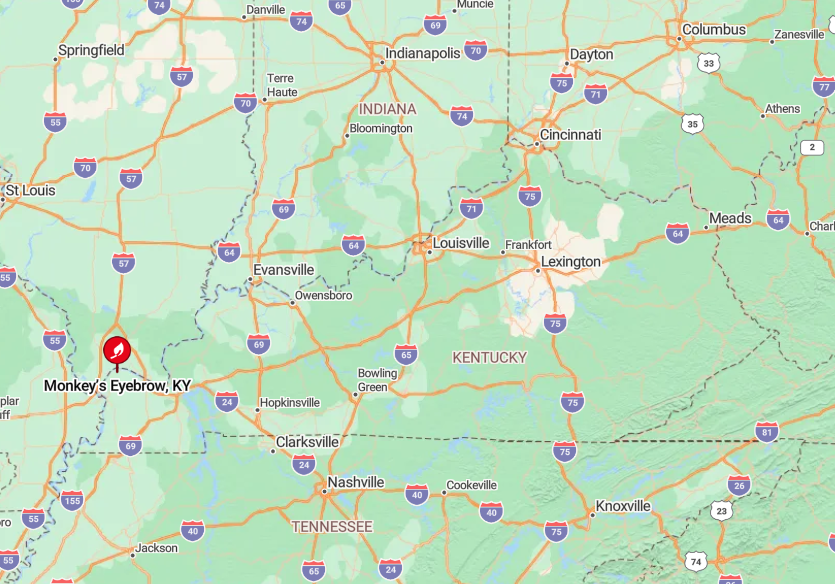
The community sits on a high spot between the Ohio River and KY-1105, thirty miles northwest of Paducah. Detours are common after big rains because the only paved approach skirts sloughs and levee gates.
Most travelers exit U.S.-60 at LaCenter, then drive ten miles of serpentine bottomland roads before the famous sign appears. Once there, reception drops to a bar or two, leaving nothing but river breeze and distant bird calls.
4. Shady Grove, Caldwell County – Limestone Bluffs and Hidden Hollows
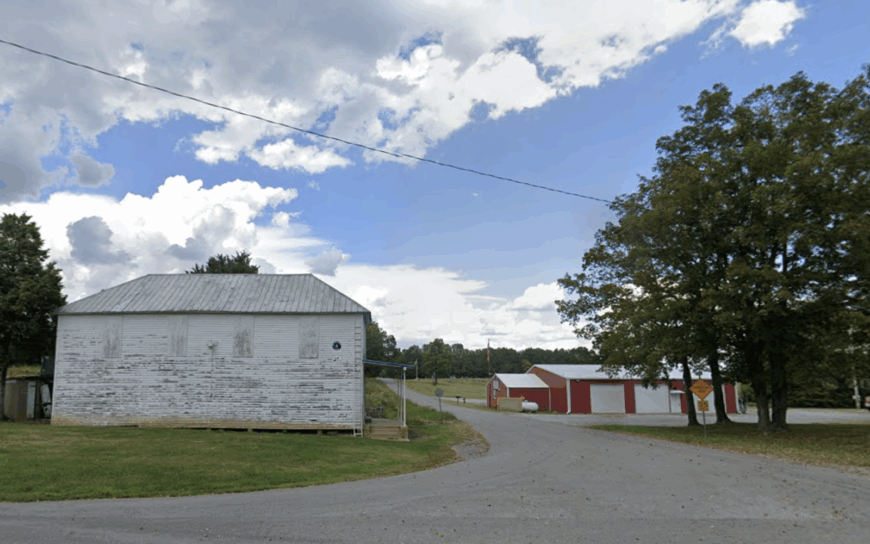
Shady Grove has roughly 250 residents scattered among limestone bluffs, sinkholes, and cedar-filled hollows that act as natural privacy fences. Rock climbers quietly explore short sport routes on bluff faces, while trout anglers favor the cool spring branch that parallels Main Street.
Small cow-calf farms and a portable sawmill supply modest income, though many households garden and hunt to round out the pantry. Dense woodland absorbs road noise so completely that whip-poor-wills provide the evening soundtrack.
The town’s lone café, open four days a week, serves skillet cornbread that travelers swear tastes like the 1950s. Fog often rises from the creek at dawn, turning the hollows into white-veiled corridors ideal for early-morning photos.
Where is Shady Grove?
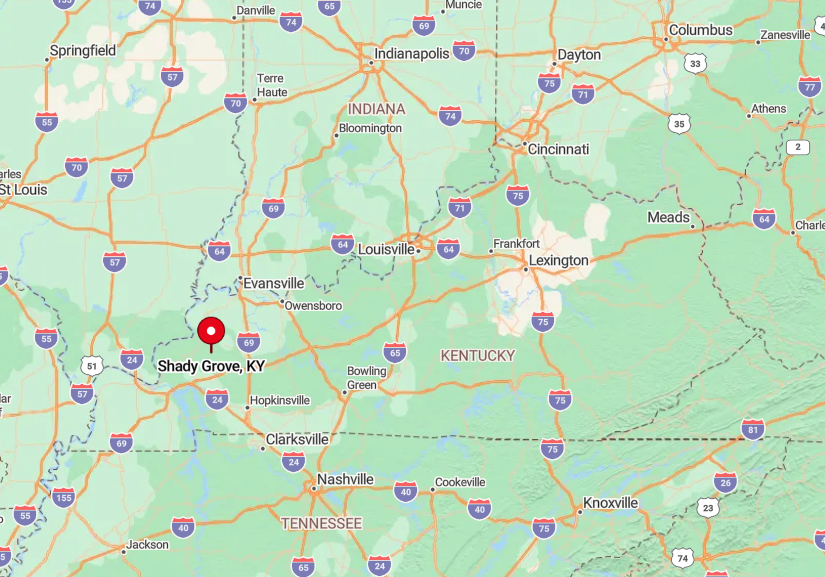
Positioned in northeast Caldwell County, Shady Grove sits fifteen miles from the nearest four-lane highway and ten miles from the closest fuel pump. KY-91 rolls over limestone ridges to reach the village, with guardrails scarce and deer abundant.
Visitors generally leave I-69 at Princeton, then follow signs that shrink in size as the pavement narrows. The final two miles dip into a tree tunnel so deep that GPS reception wavers until the houses appear.
3. Pilot Oak, Graves County – Century-Old Church Anchoring Open Farmland
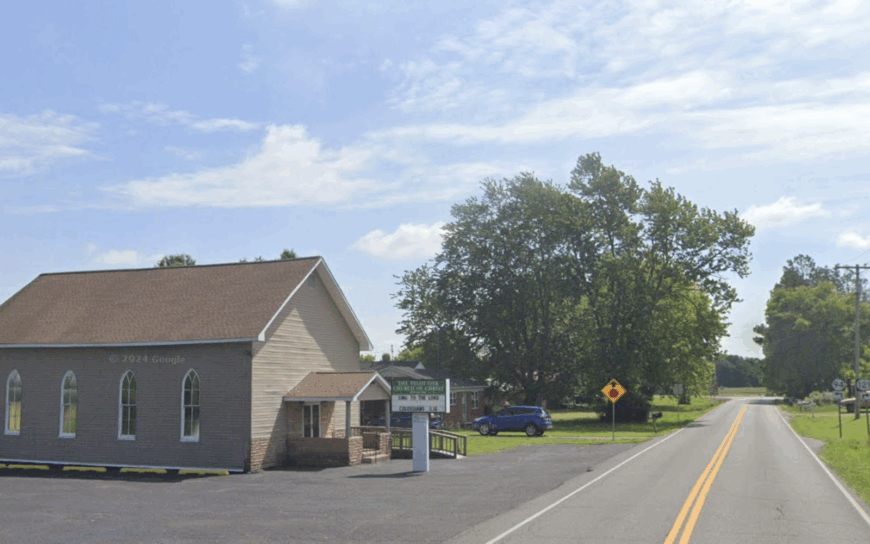
Pilot Oak’s white-steepled church and adjacent cemetery mark the center of a farming community of about 180 souls. Photographers love the unobstructed soybean fields that surround the church, creating a sea of green in summer and dusty gold in fall.
Grain, poultry grow-outs, and a small seed-cleaning plant form the backbone of local work, with the nearest office job more than a county away. The flat open land also means wind carries very little noise, so conversations on the church steps can be heard across acres.
Night brings total darkness apart from starlight reflecting off tin barn roofs. Sunday gatherings double as town meetings, maintaining a tight community bond despite the distance between mailboxes.
Where is Pilot Oak?
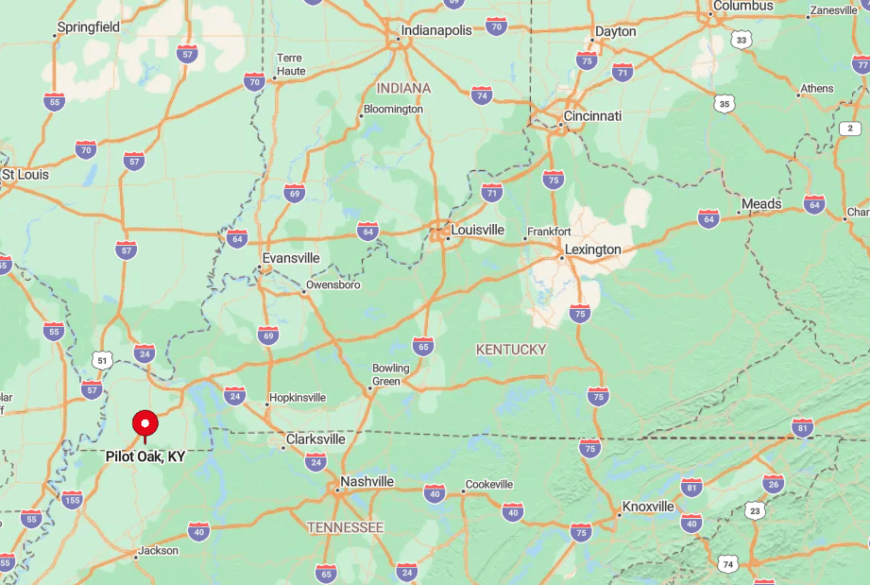
The hamlet lies sixteen miles south of Mayfield, reached by KY-94 and a final turn onto narrow KY-129 that feels like a farm lane. With no river, rail line, or major highway nearby, there is little reason for outsiders to pass through.
Most visitors exit I-69 at Wingo, then travel a checkerboard of gravel and paved roads lined by irrigation pivots. Cell service drops about three miles from the church, leaving the GPS arrow spinning in digital limbo.
2. Linton, Trigg County – Lakeside Lots at the End of the Road

Linton hosts roughly 220 permanent residents, though summer brings a few dozen more when cabin owners open windows onto the Cumberland River backwaters. Kayakers and anglers enjoy quiet coves at dawn, while birders watch for bald eagles that nest on nearby Barkley Lake islands.
Seasonal tourism mingles with small timber operations and part-time guiding services, yet the absence of marinas keeps boat noise low. Dead-end gravel lanes funnel all traffic toward the water and stop there, so anyone driving beyond the last mailbox quickly realizes they have missed a turn.
Early morning fog rising off the reservoir makes for mirrorlike photos of cypress-lined shoreline broken only by a passing heron. Even locals remark that they hear more outboard motors in February duck season than on Fourth of July weekend.
Where is Linton?
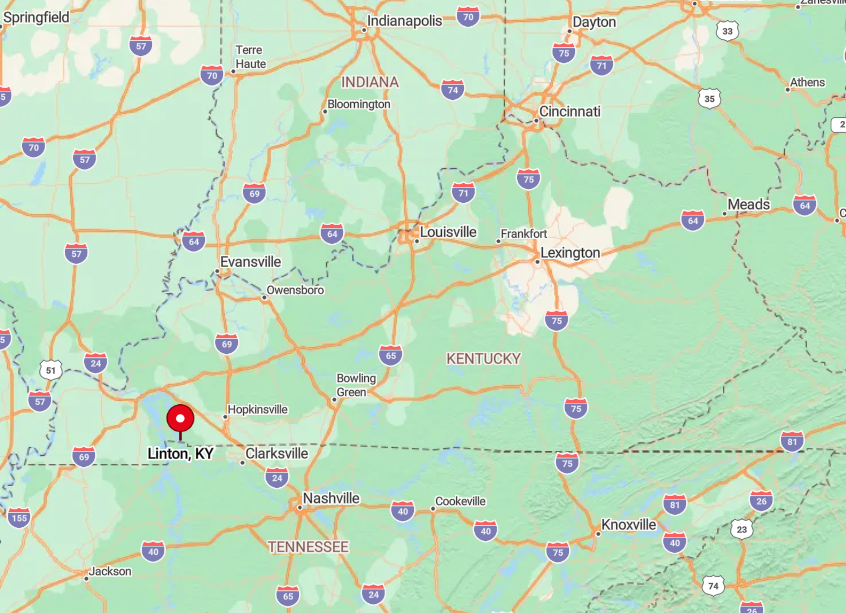
Found in southeastern Trigg County, Linton sits at the northern tip of Lake Barkley’s Little River embayment, accessible only by KY-164. The road ends at the water, leaving no through route to tempt shortcut seekers.
Drivers usually leave U.S.-68 at Canton, then wind eight miles through forest until the lake glints between trees. Once past the boat ramp, cell signals vanish behind sandstone bluffs, sealing the sense of being at the world’s edge.
1. Lamasco, Lyon County – Former Mining Camp Turned Forest Hideaway
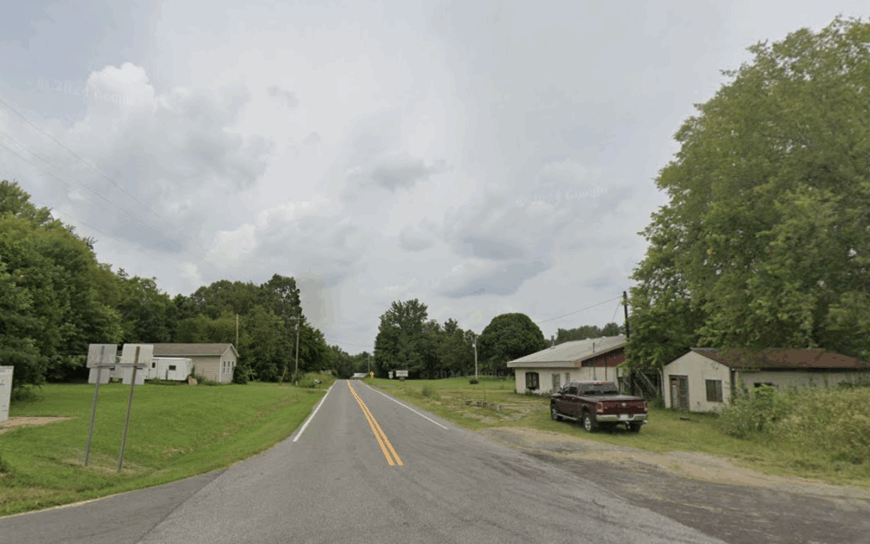
Fewer than 100 people remain in Lamasco, a onetime iron-ore outpost where moss-covered foundations peek from second-growth hardwoods.
Relic hunters explore abandoned mine shafts and a long-forgotten narrow-gauge rail bed now reclaimed as a fern-lined trail, while wildlife watchers spot bobcats slipping across gravel roads.
With mining gone, livelihoods center on small-scale logging and occasional ecotourism guiding inside Land Between the Lakes National Recreation Area. Thick forest blocks cell service, and the nearest streetlight stands five miles away at a ranger station, creating an enveloping darkness that city dwellers rarely experience.
Even midday feels hushed beneath the oak canopy, broken only by woodpeckers and wind in the leaves. The lack of modern infrastructure, including municipal water, cements Lamasco as Southwest Kentucky’s most off-grid address.
Where is Lamasco?
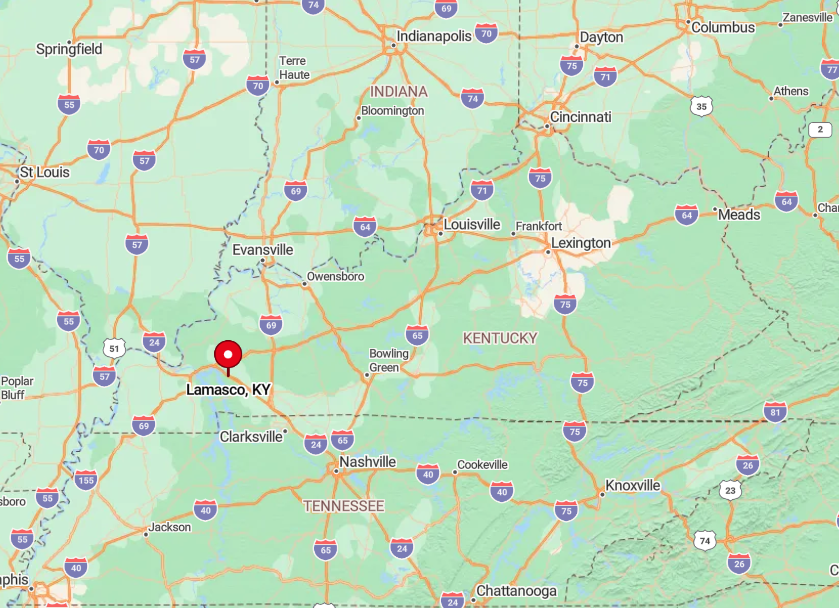
Lamasco hides in eastern Lyon County, just south of the LBL boundary and four miles west of Lake Barkley. The only approach is a pair of gravel roads—Forest Service 134 and Lamasco-Saratoga Road—that twist through federally managed timberland.
Most visitors depart I-24 at Eddyville, cross the lake on KY-93, and lose pavement within ten minutes. Once the dust settles, travelers realize they have traded traffic lights for cicadas and a ceiling of green.

